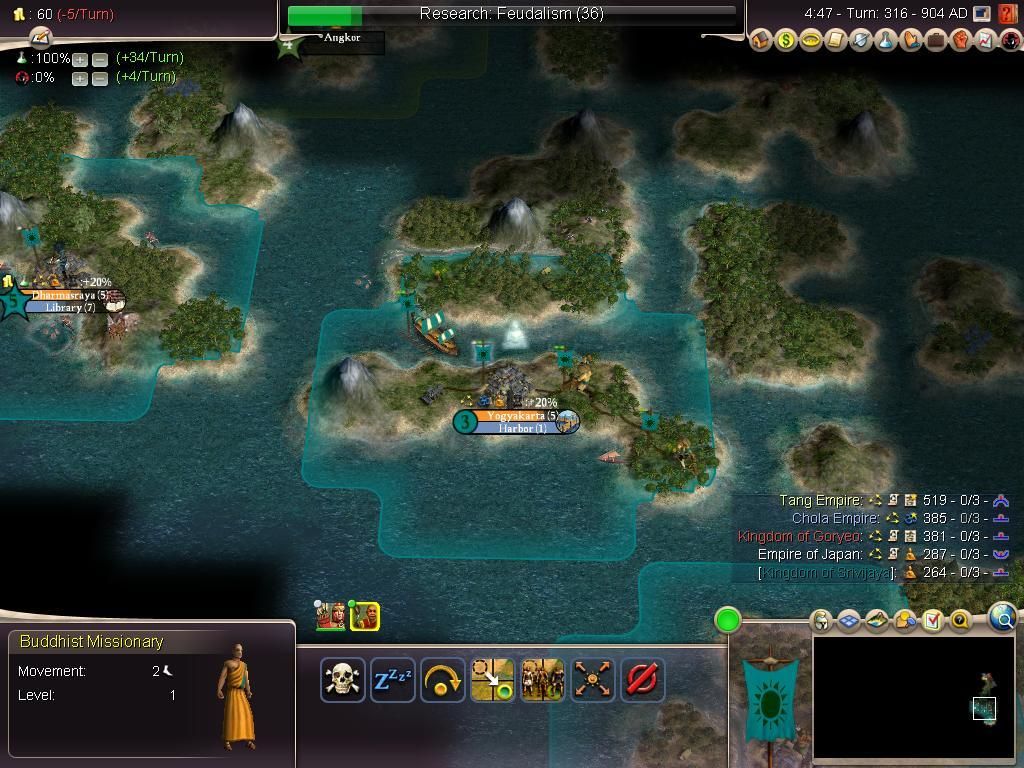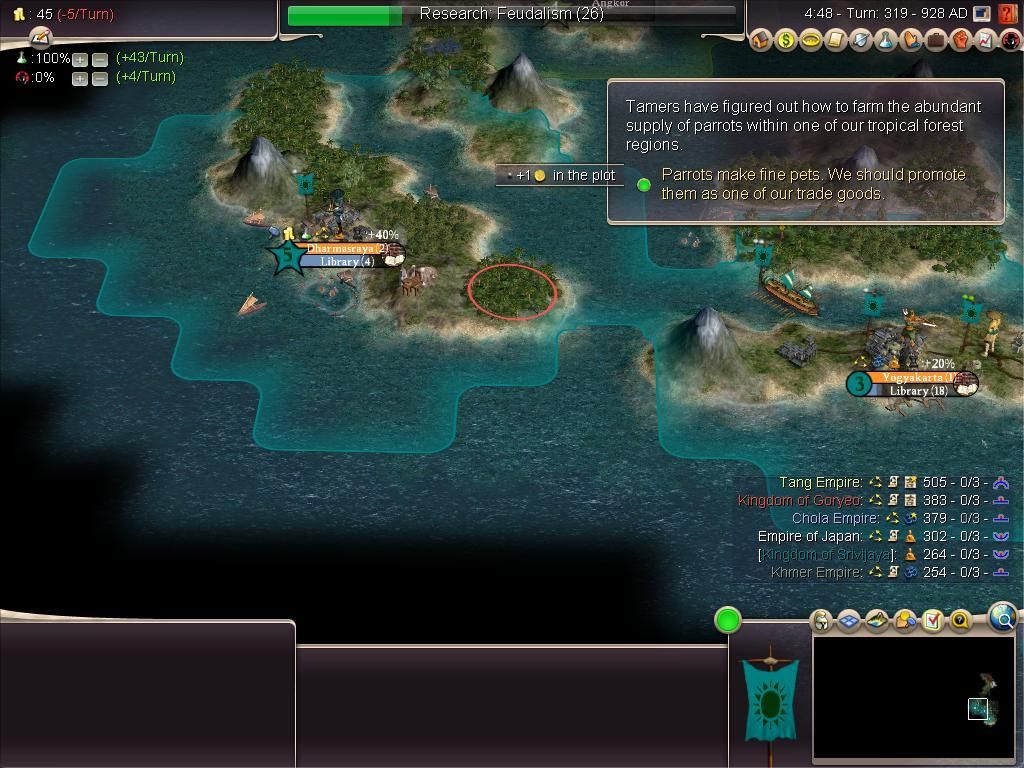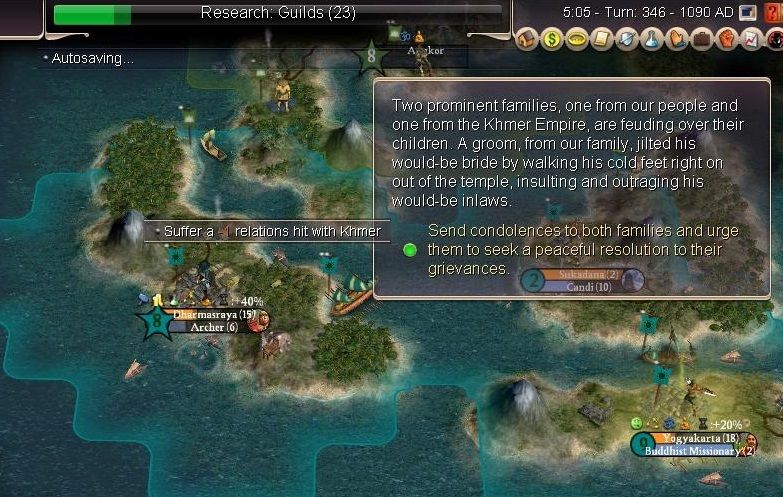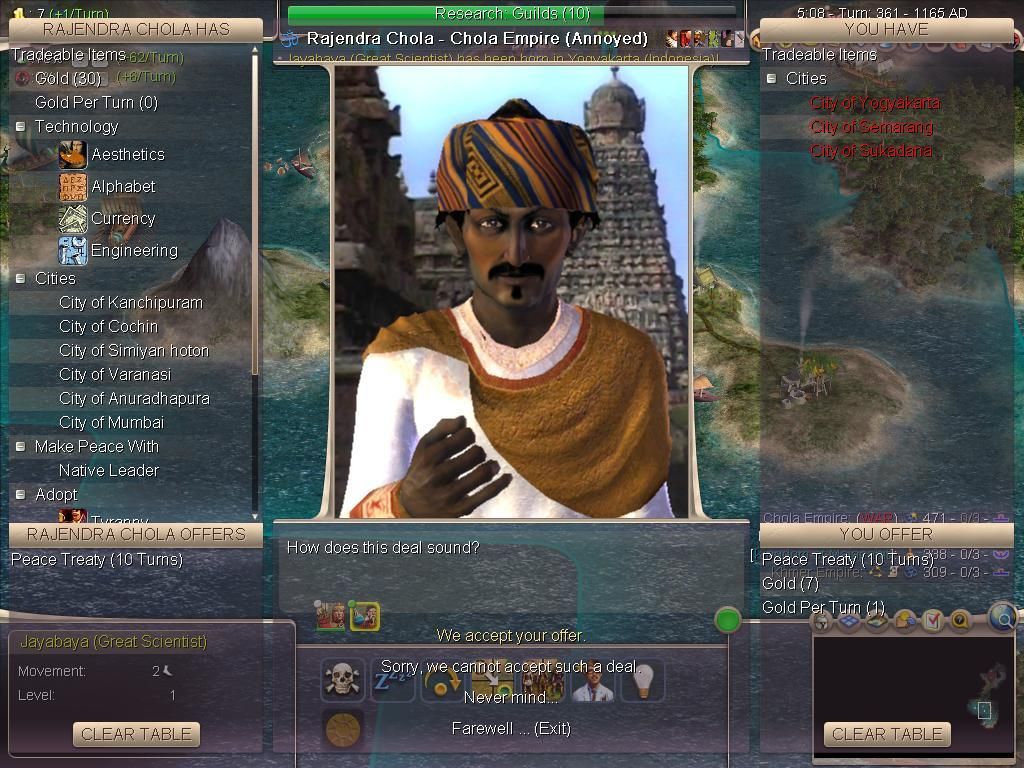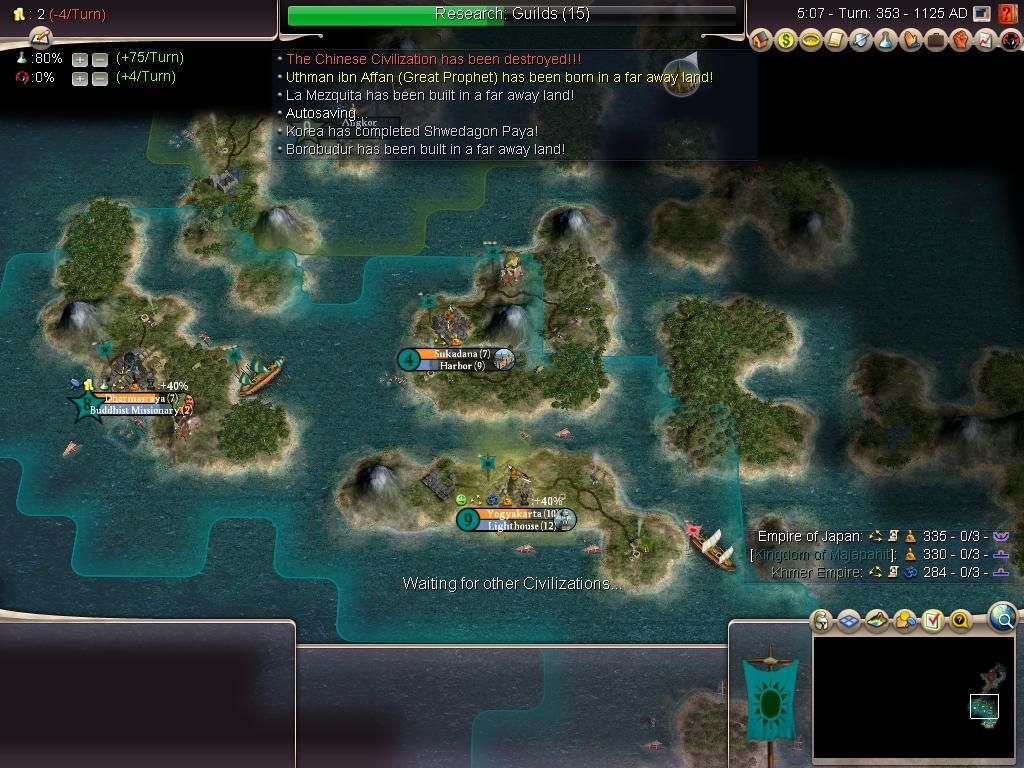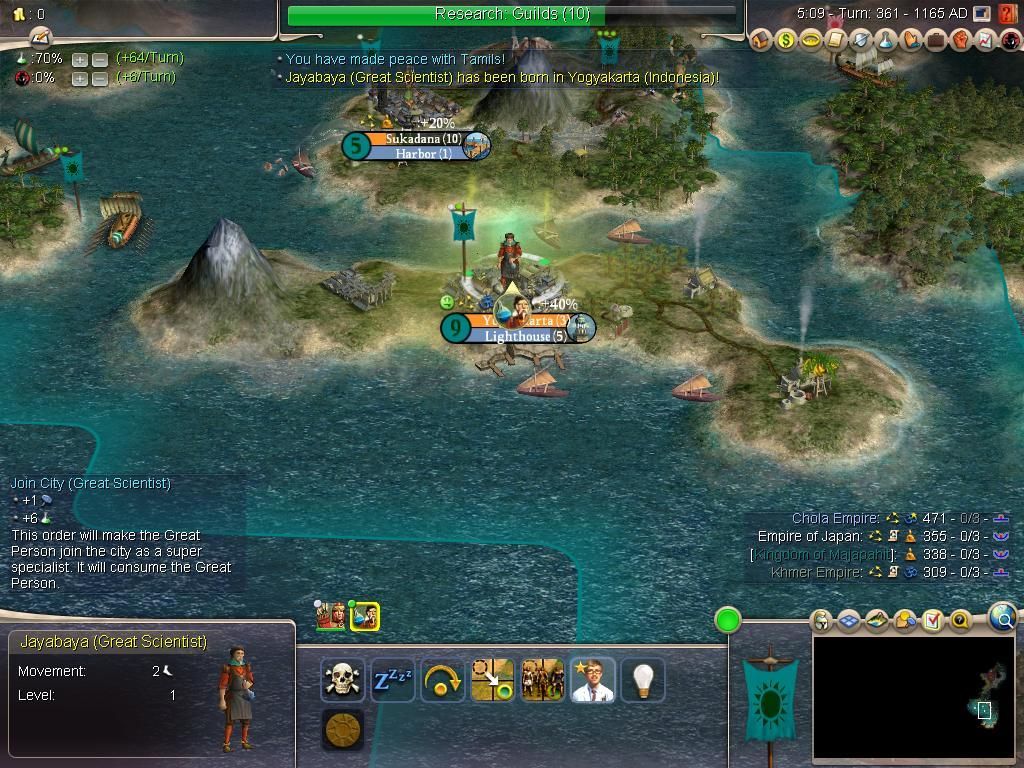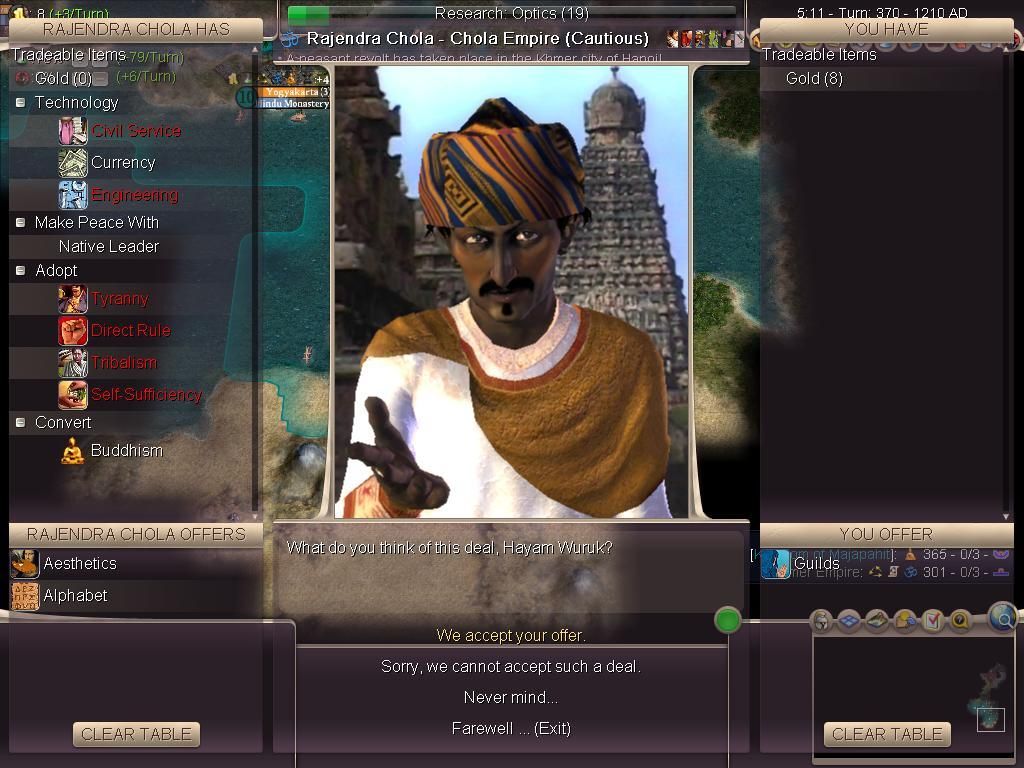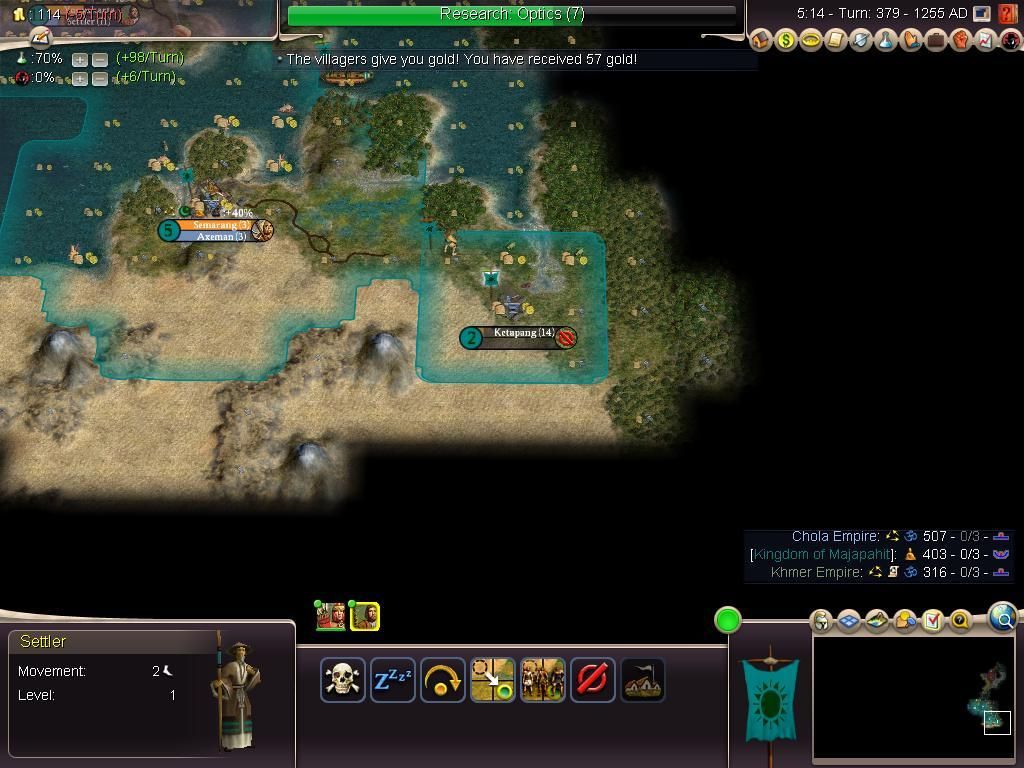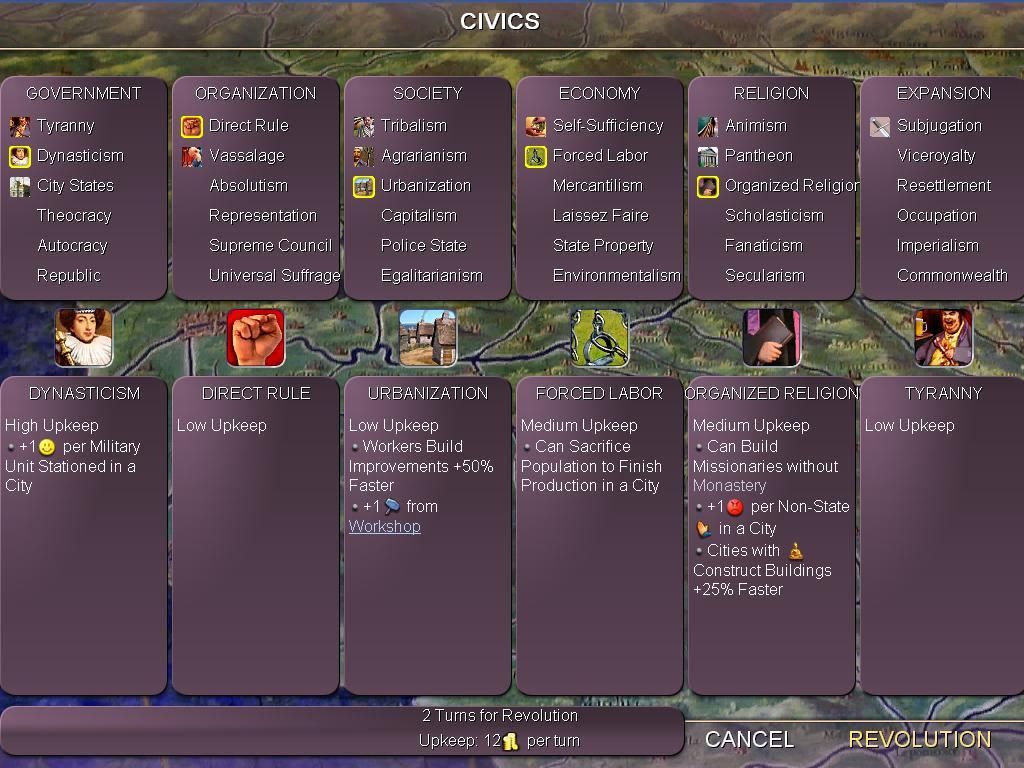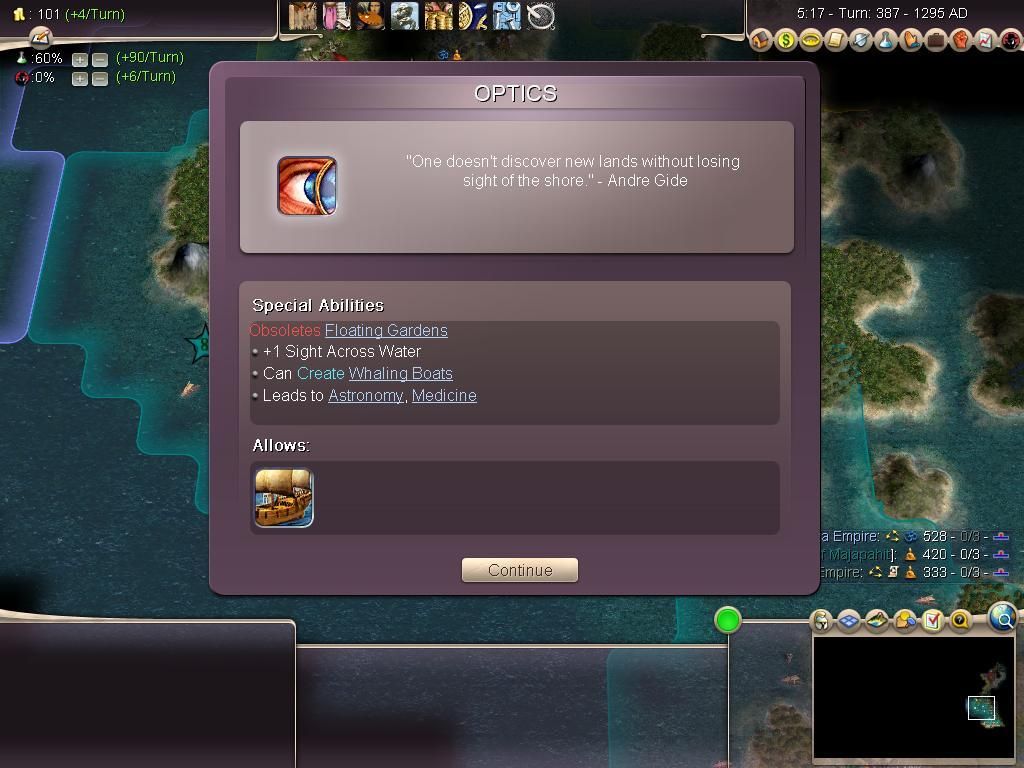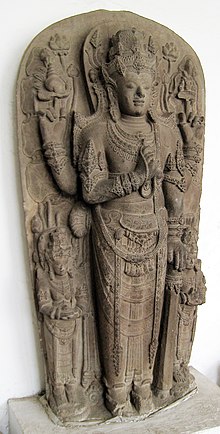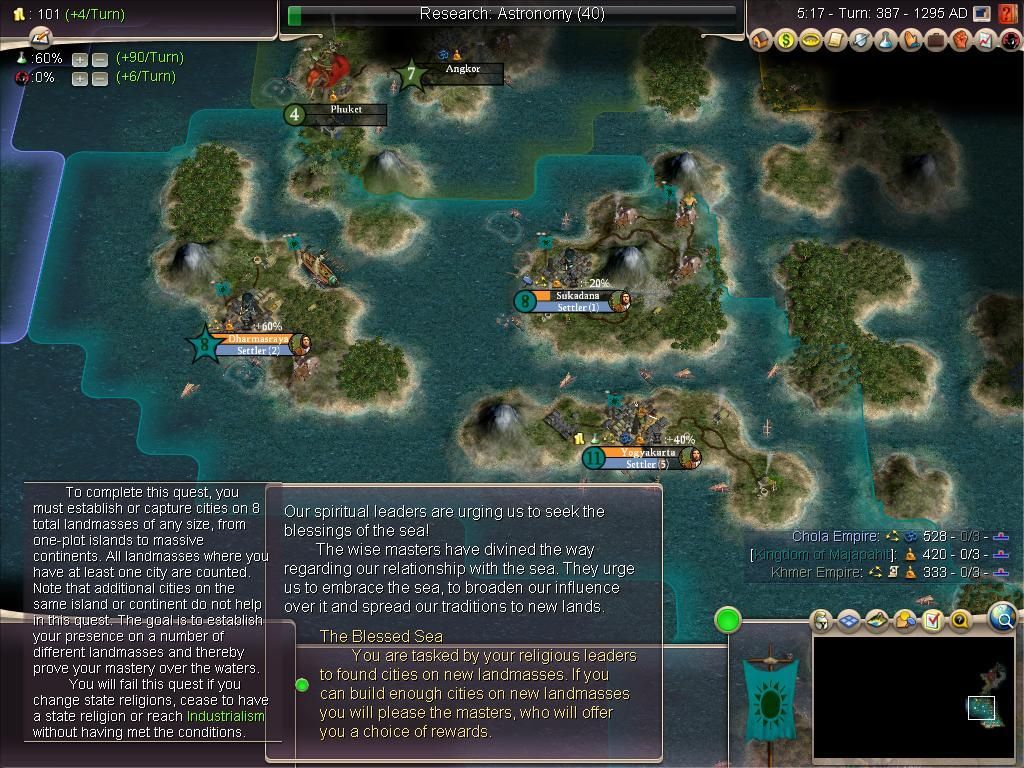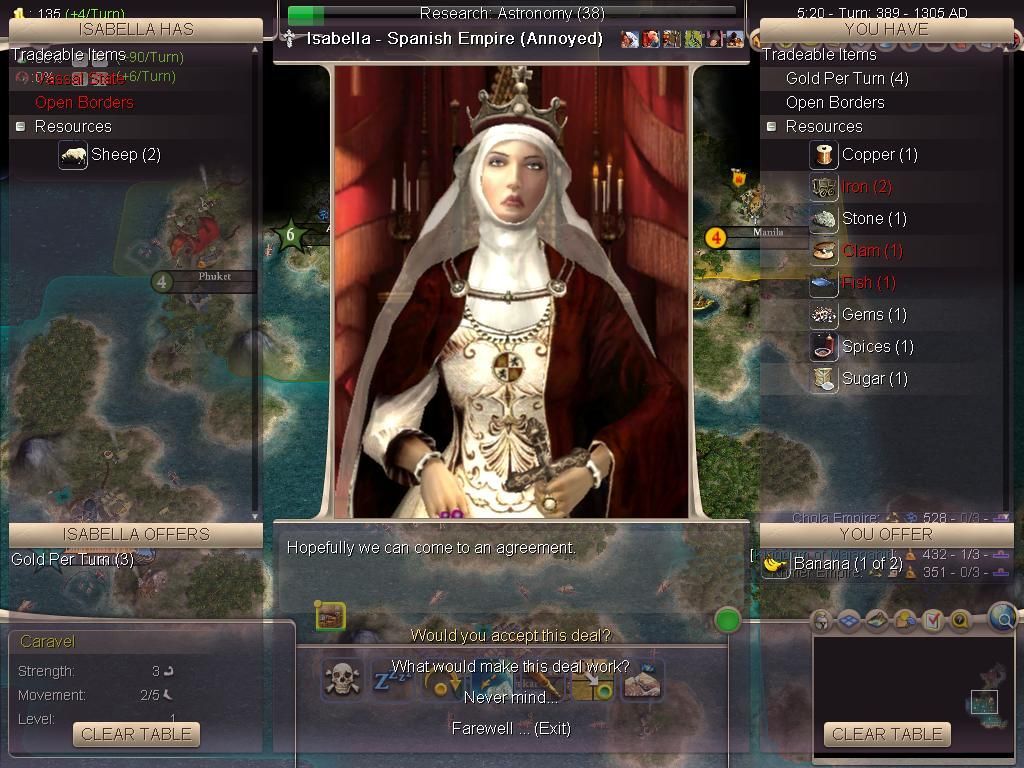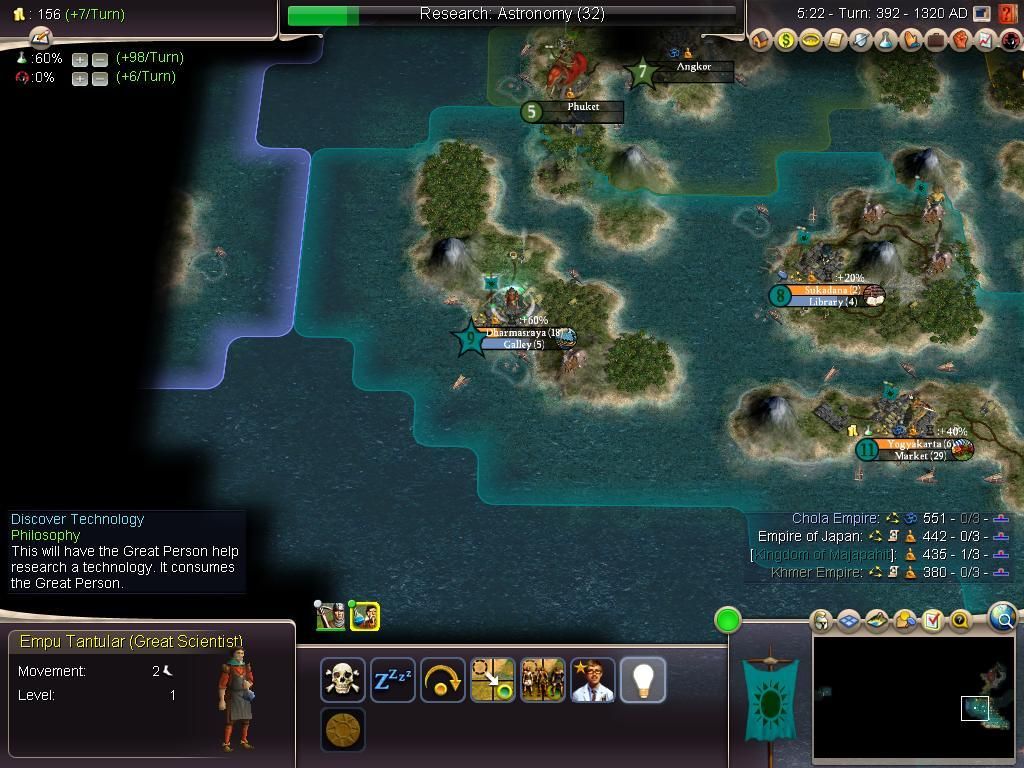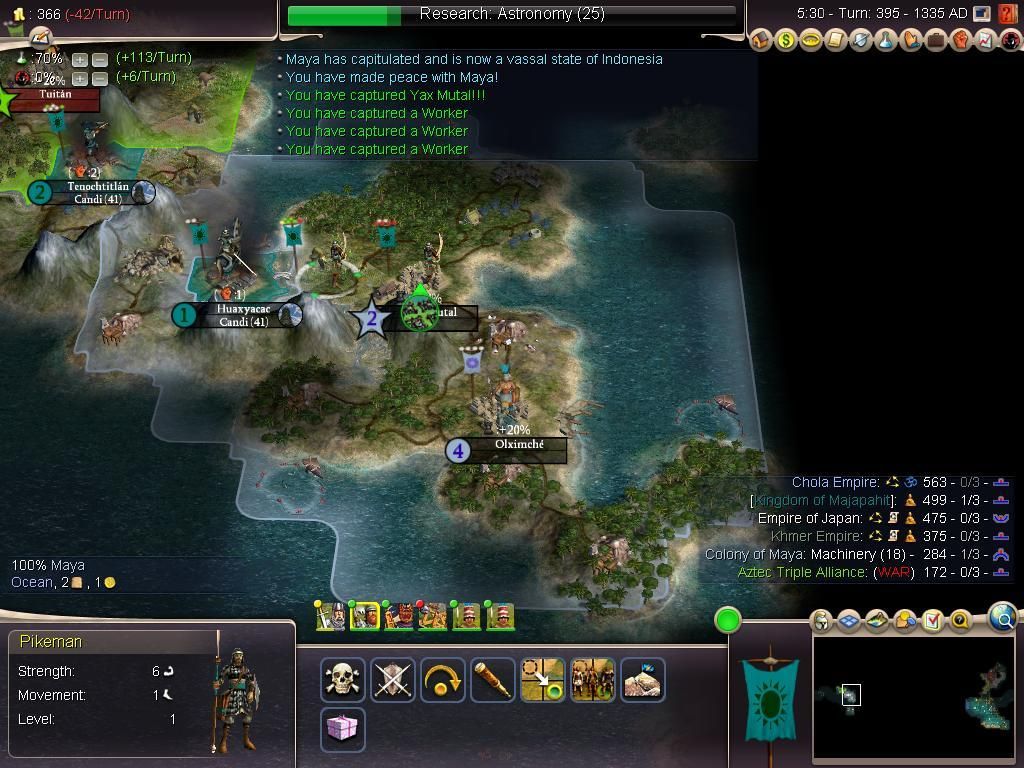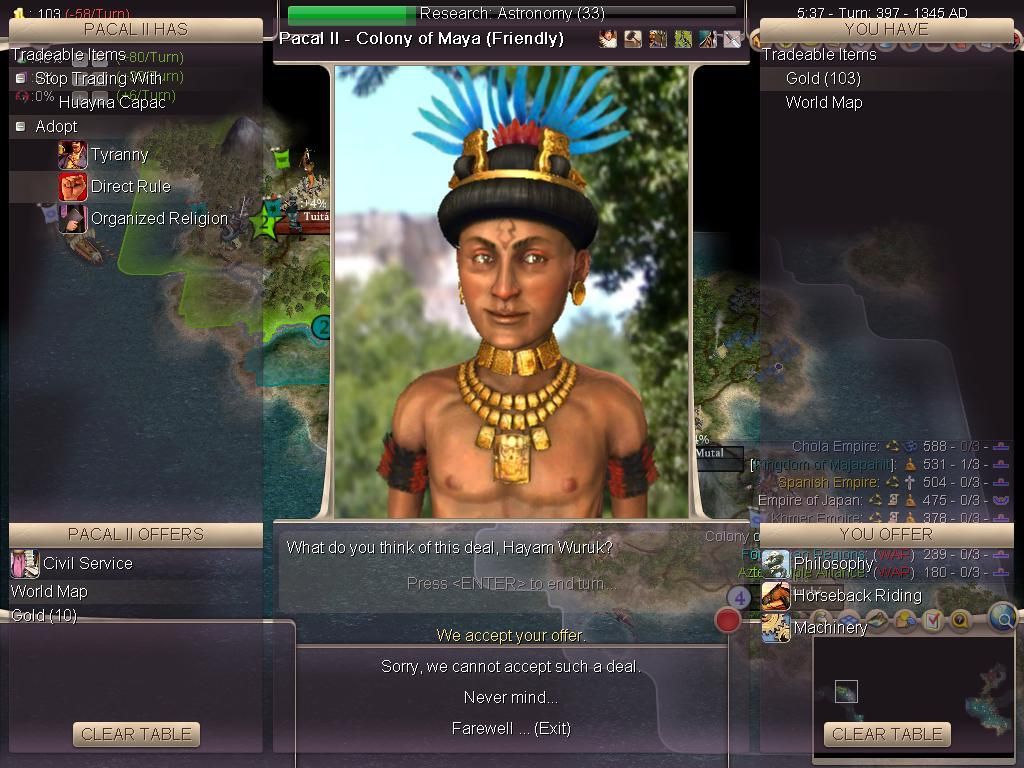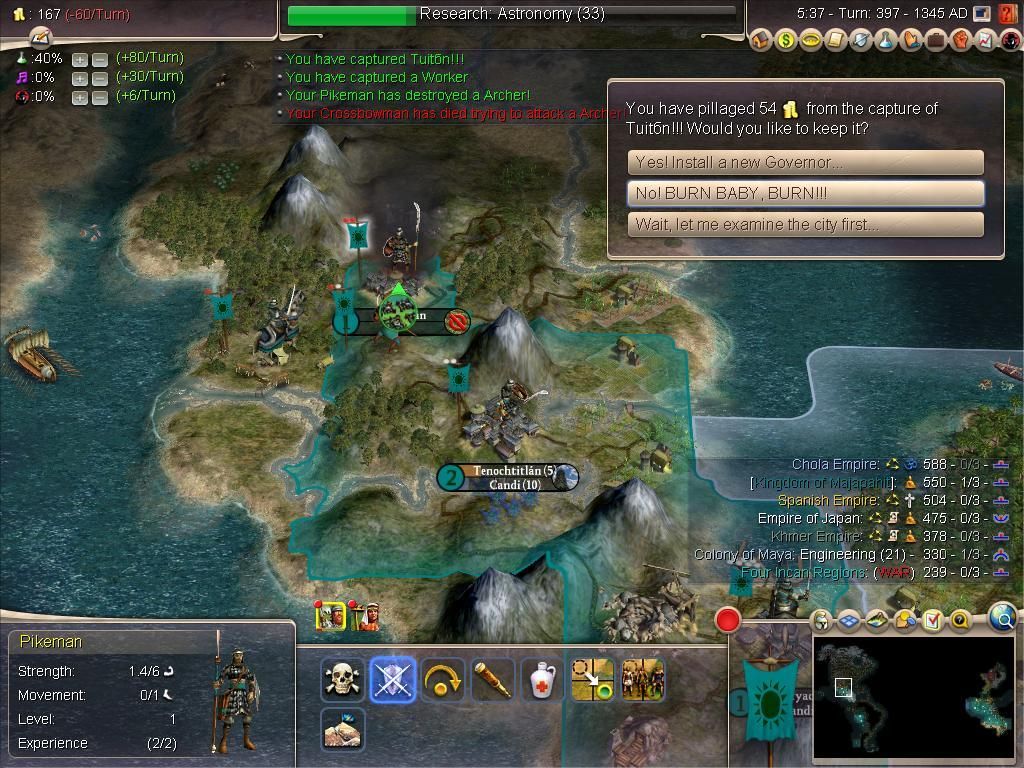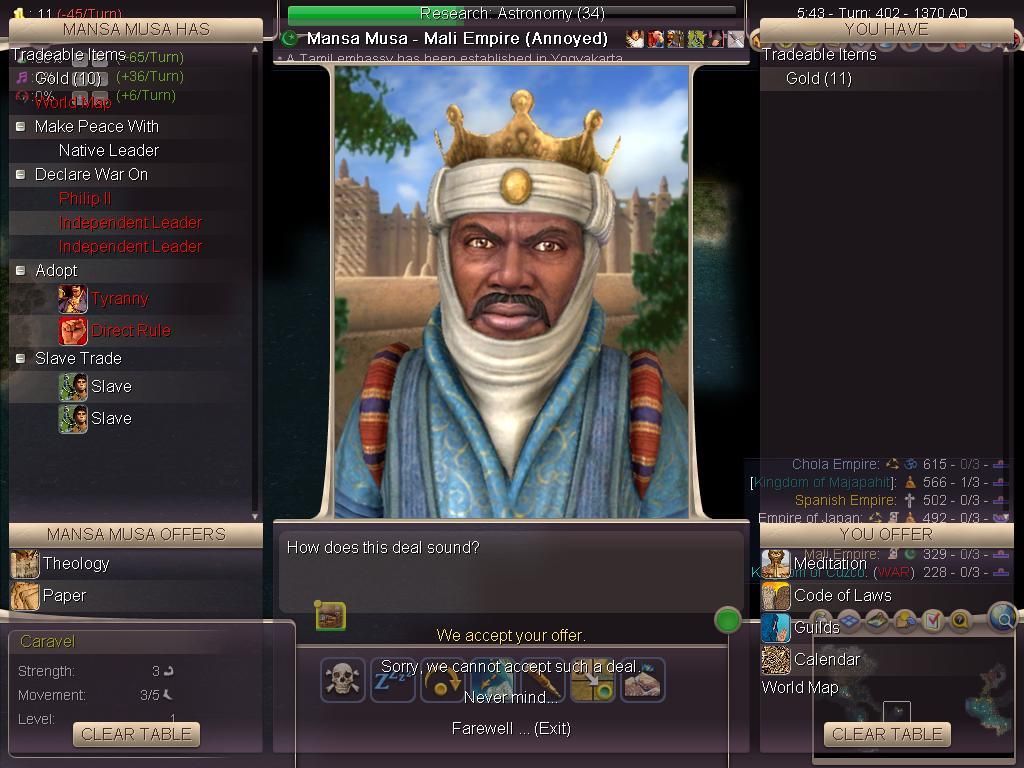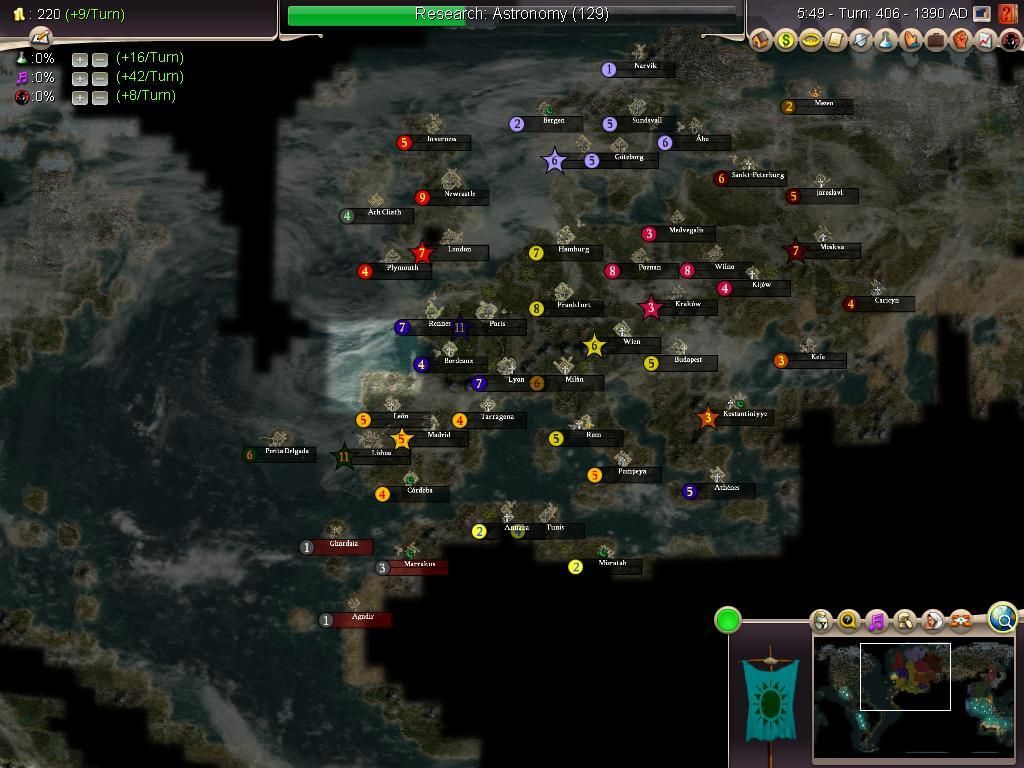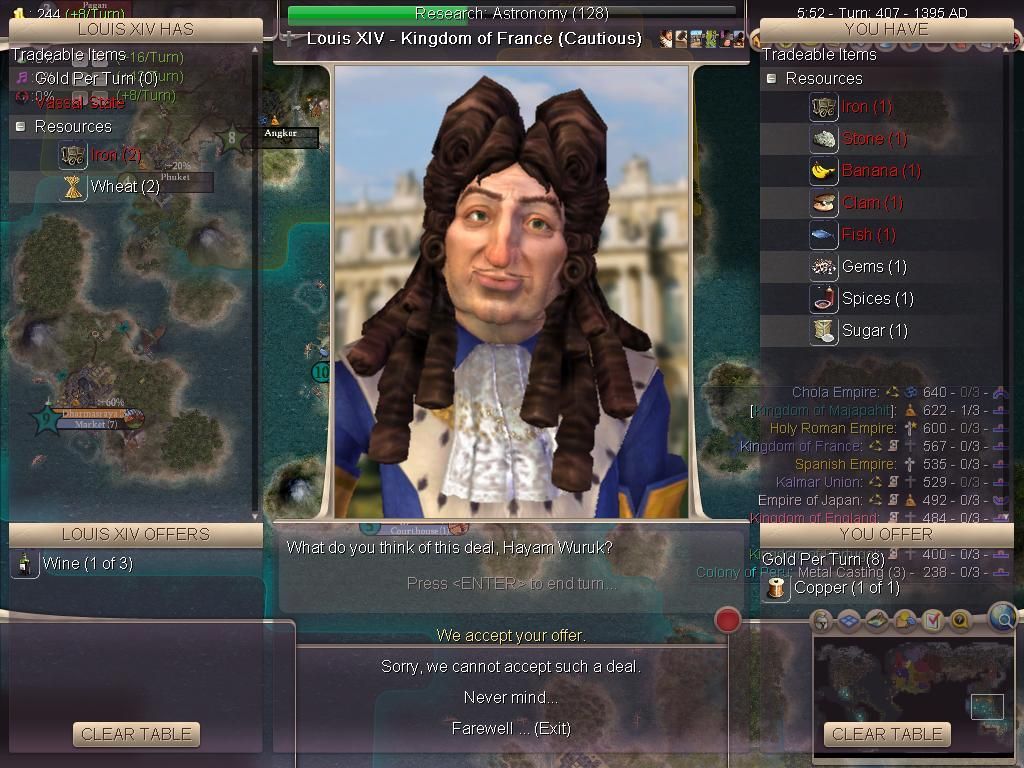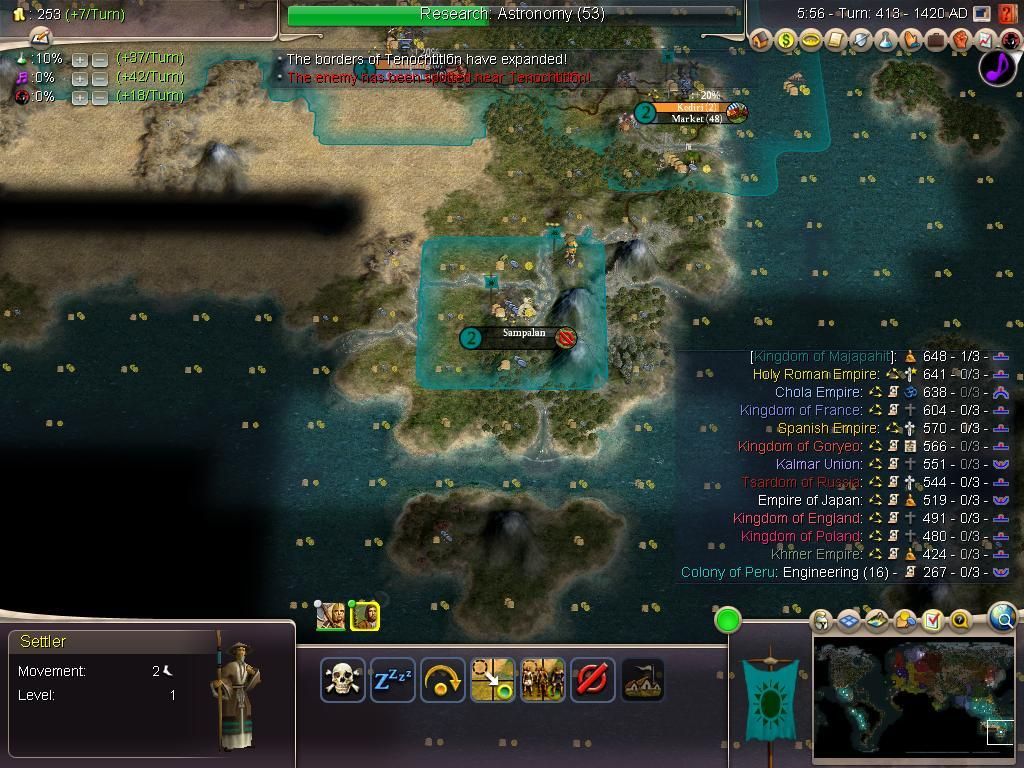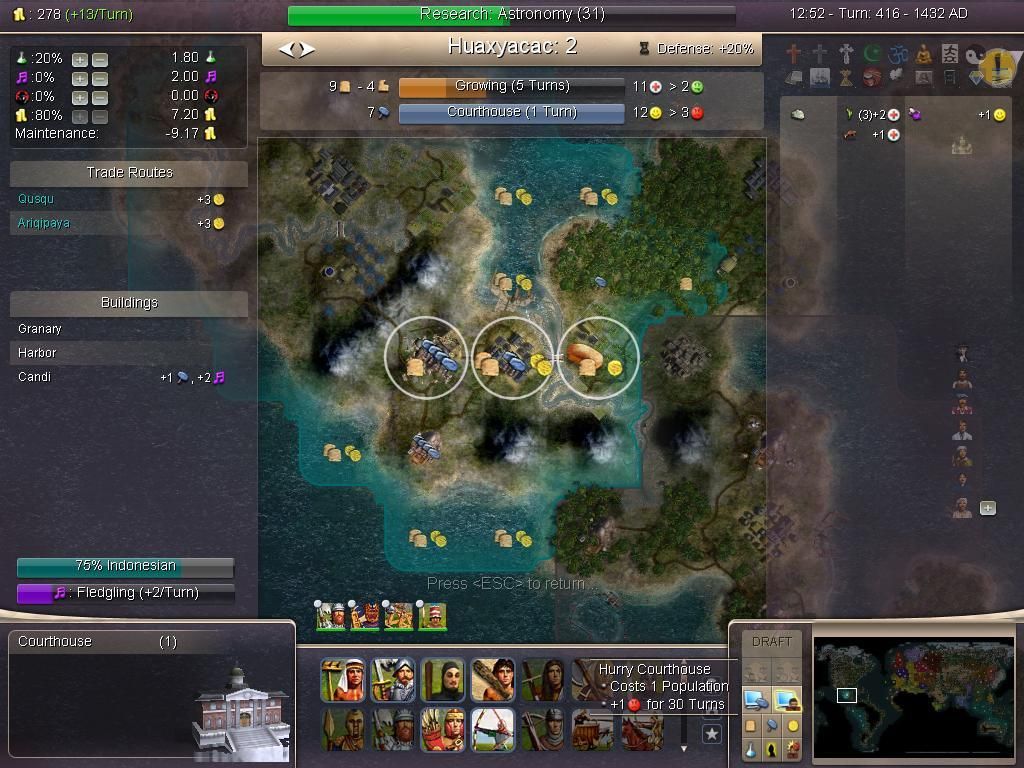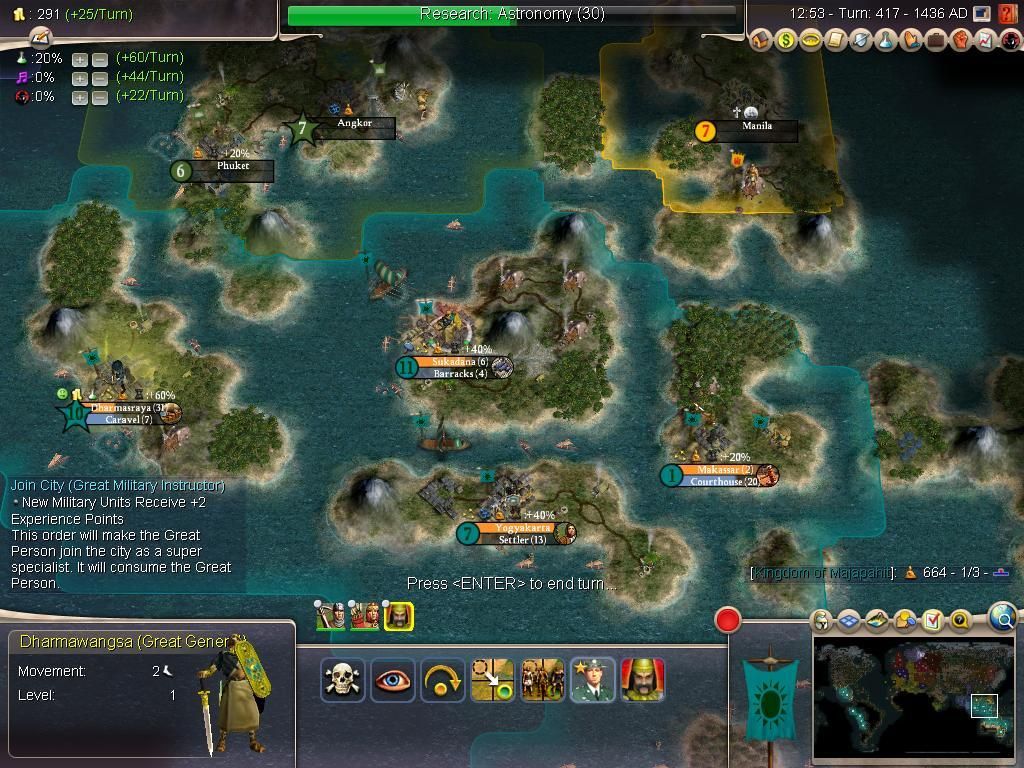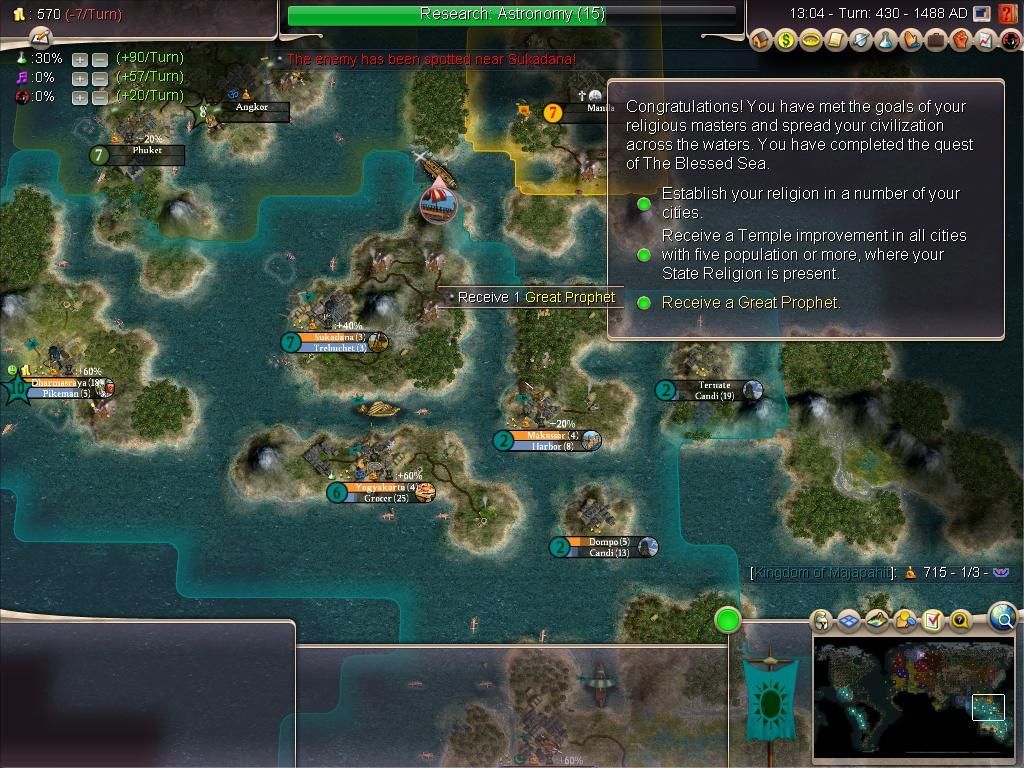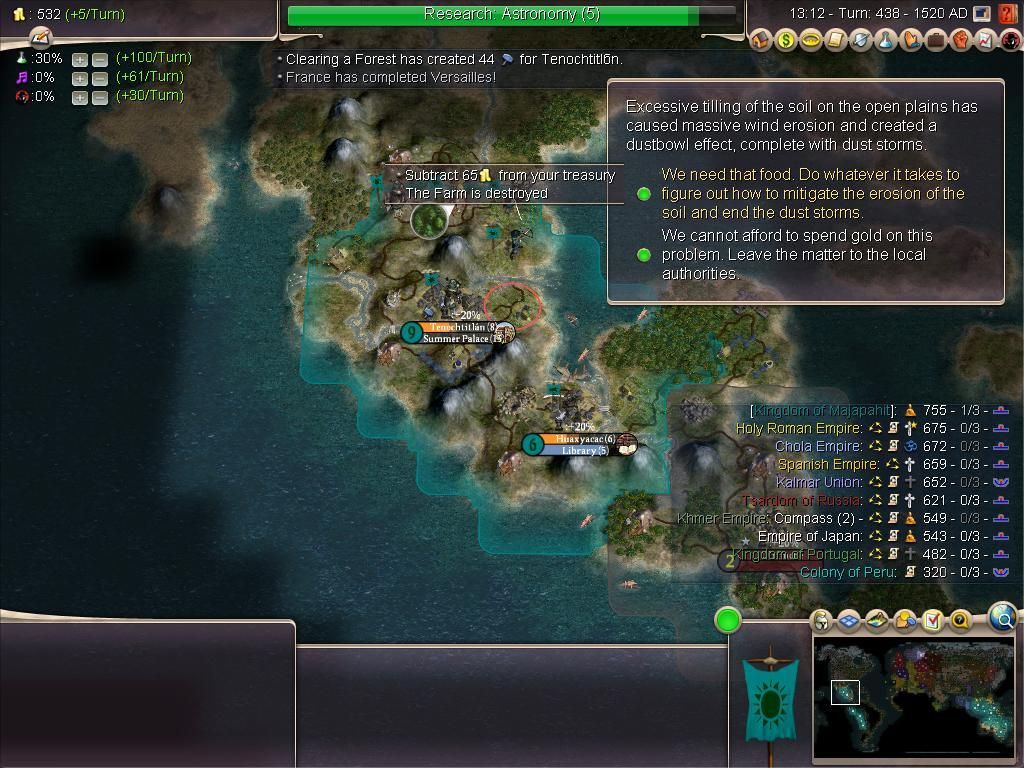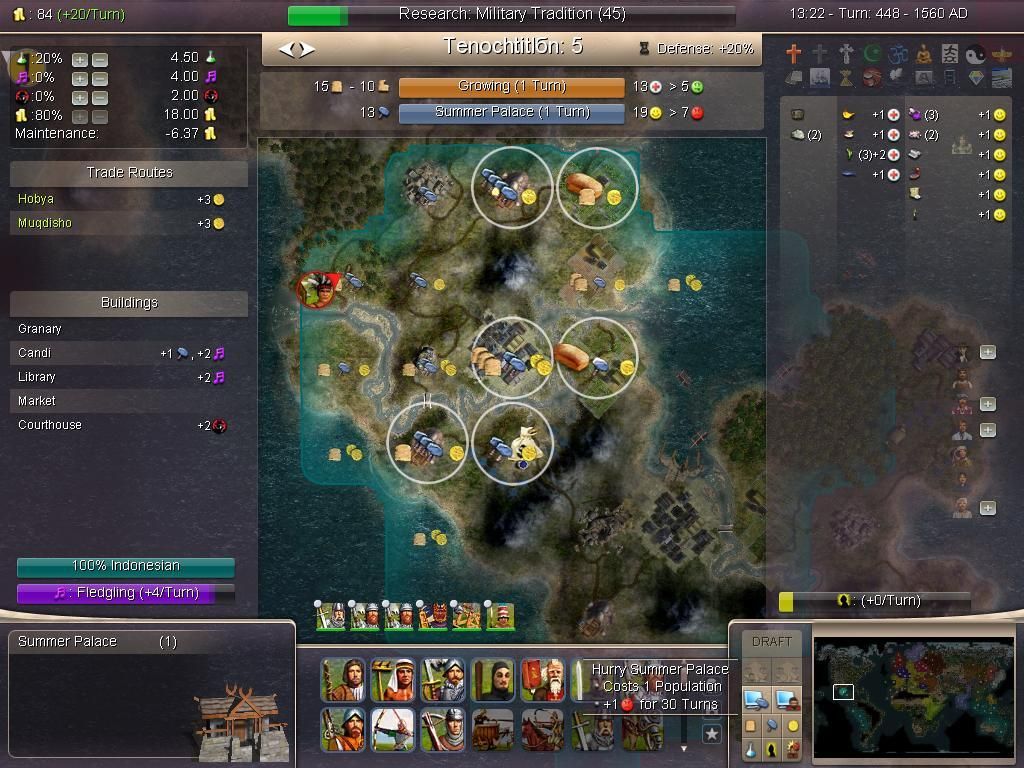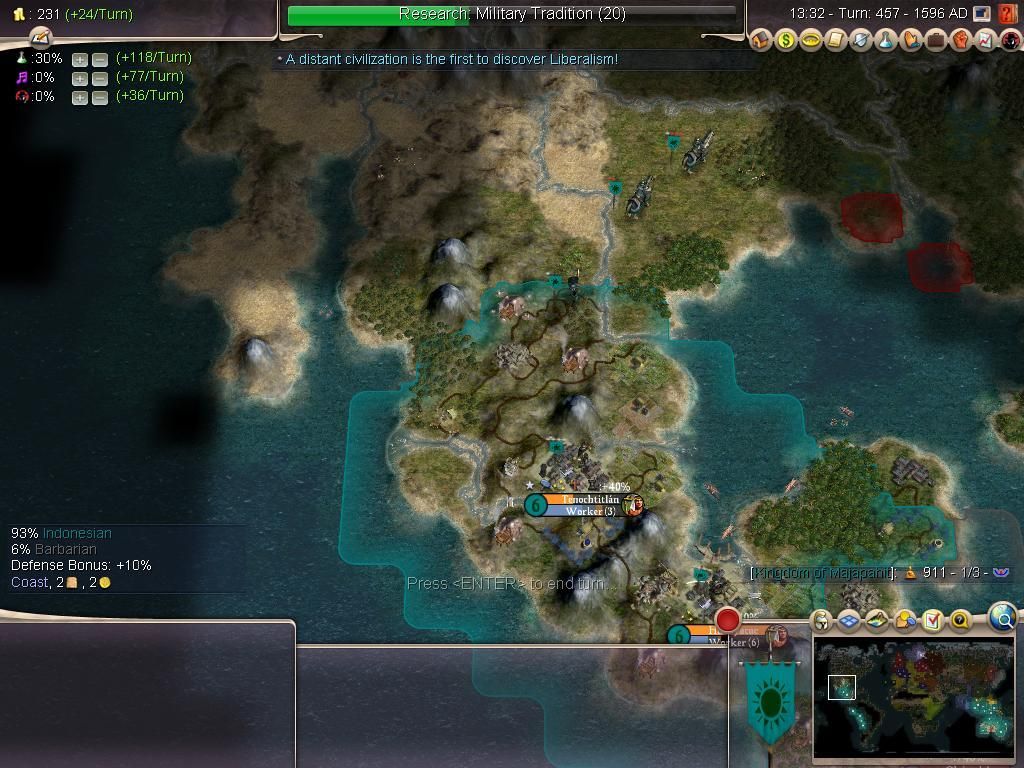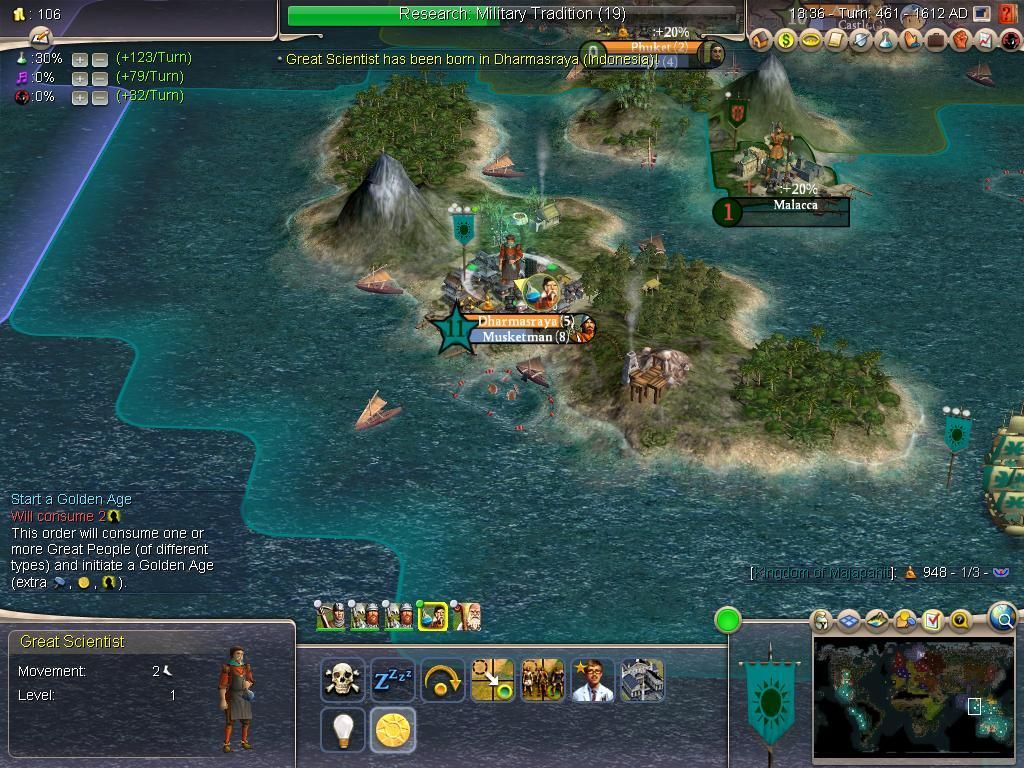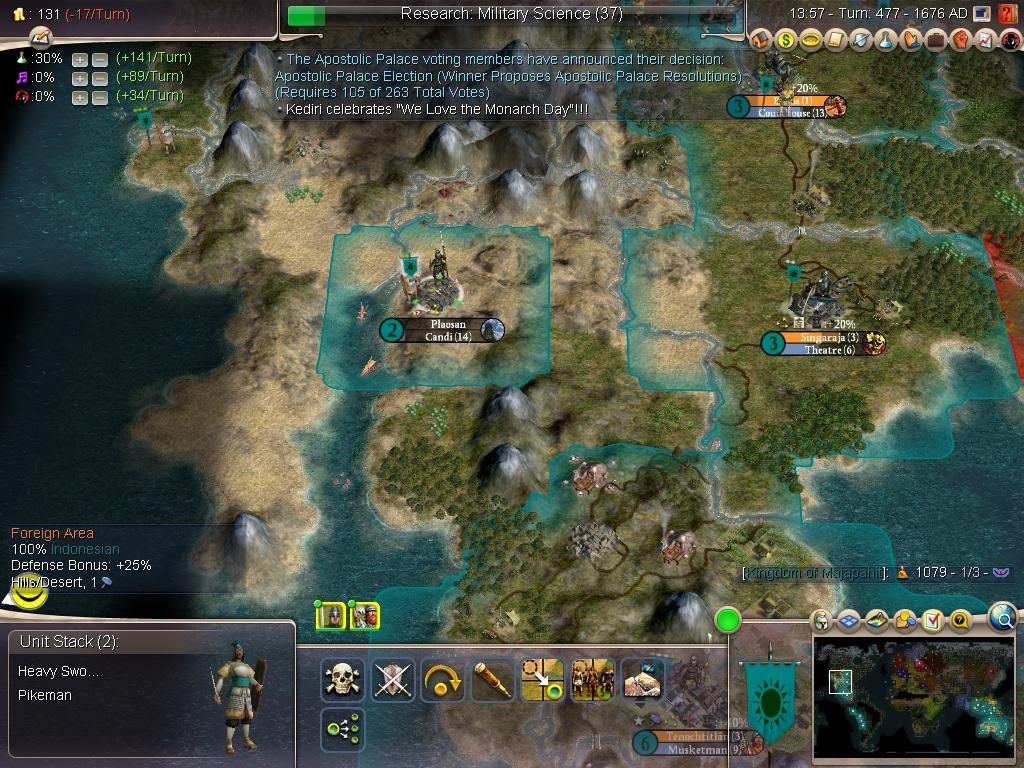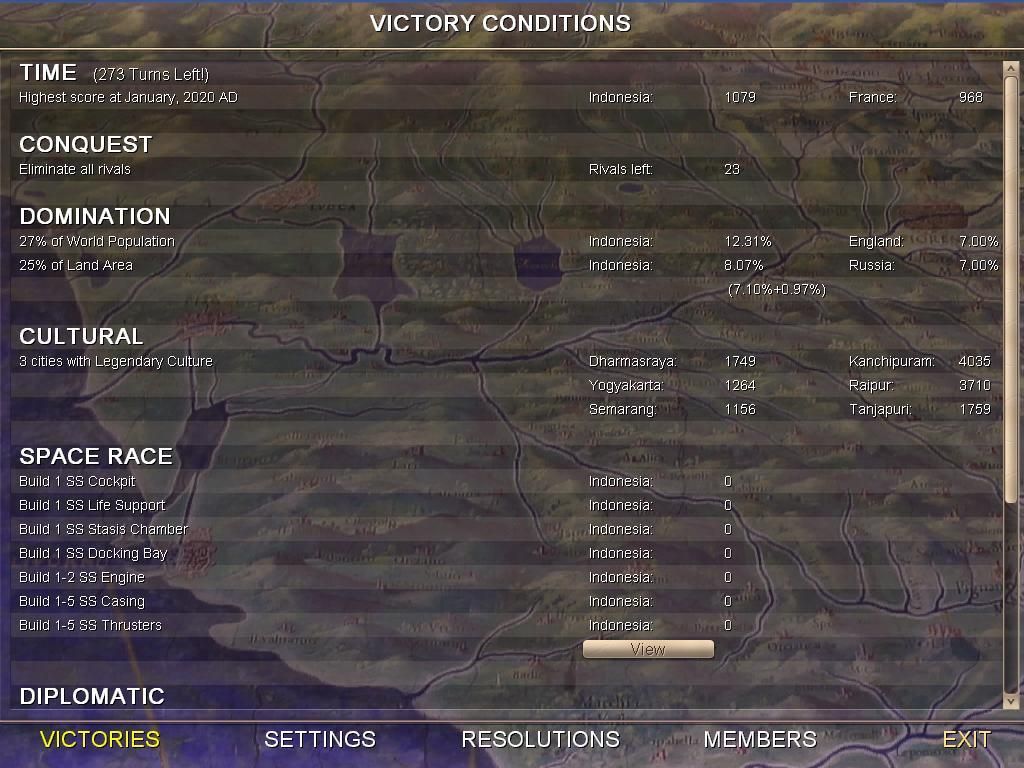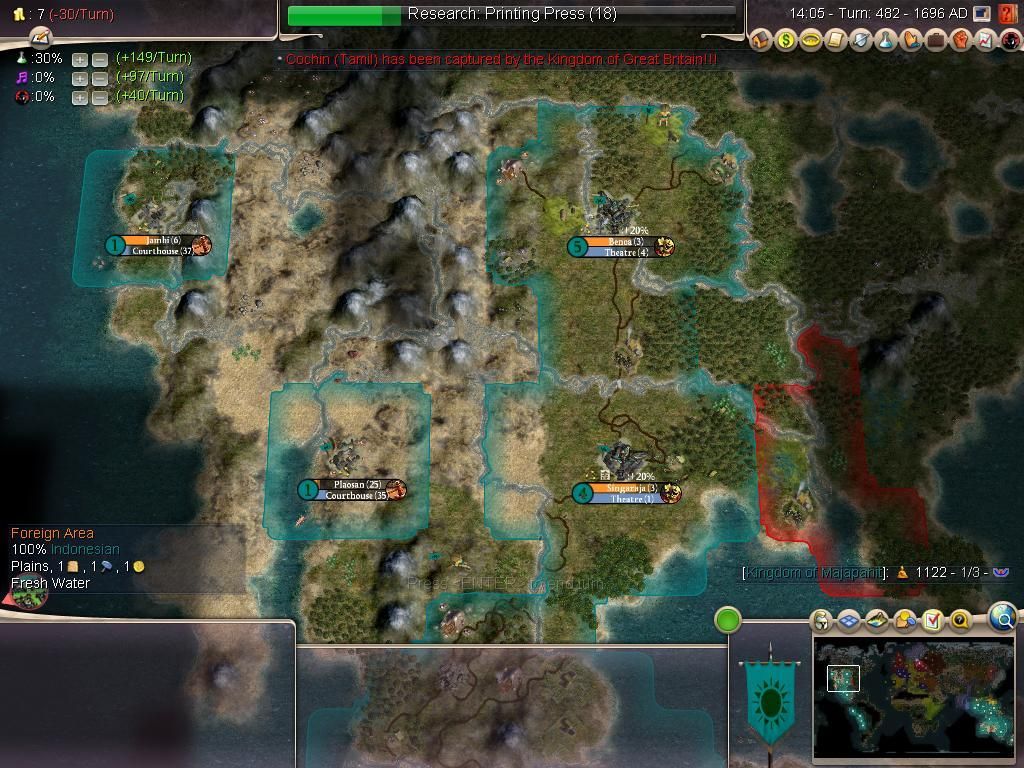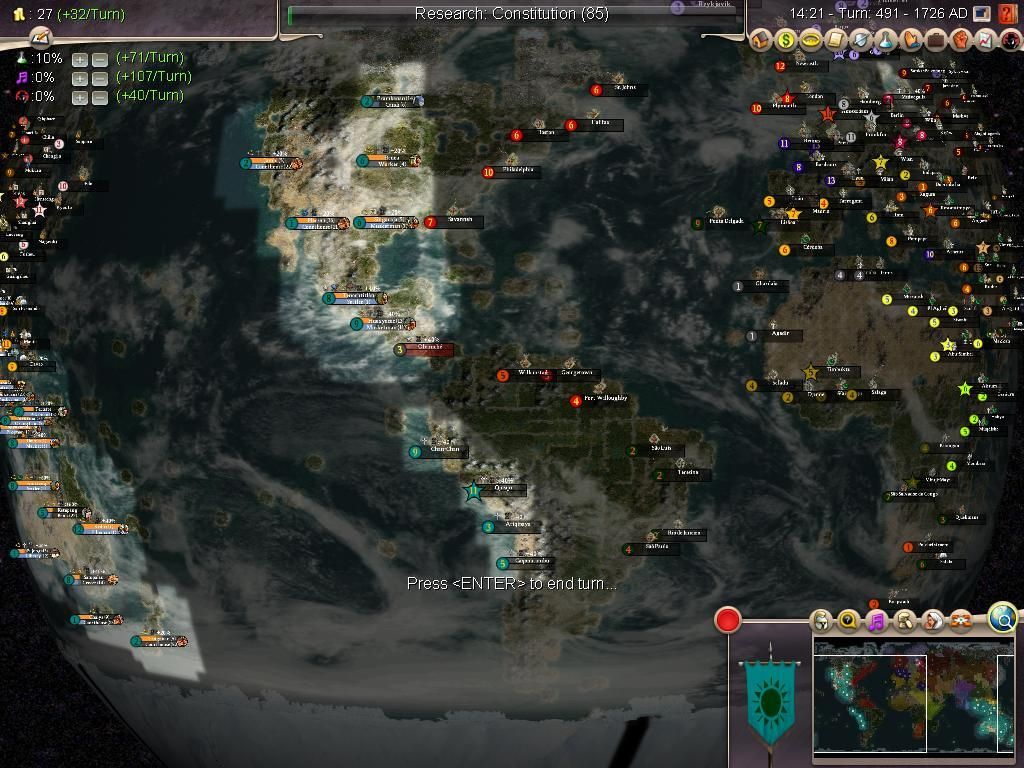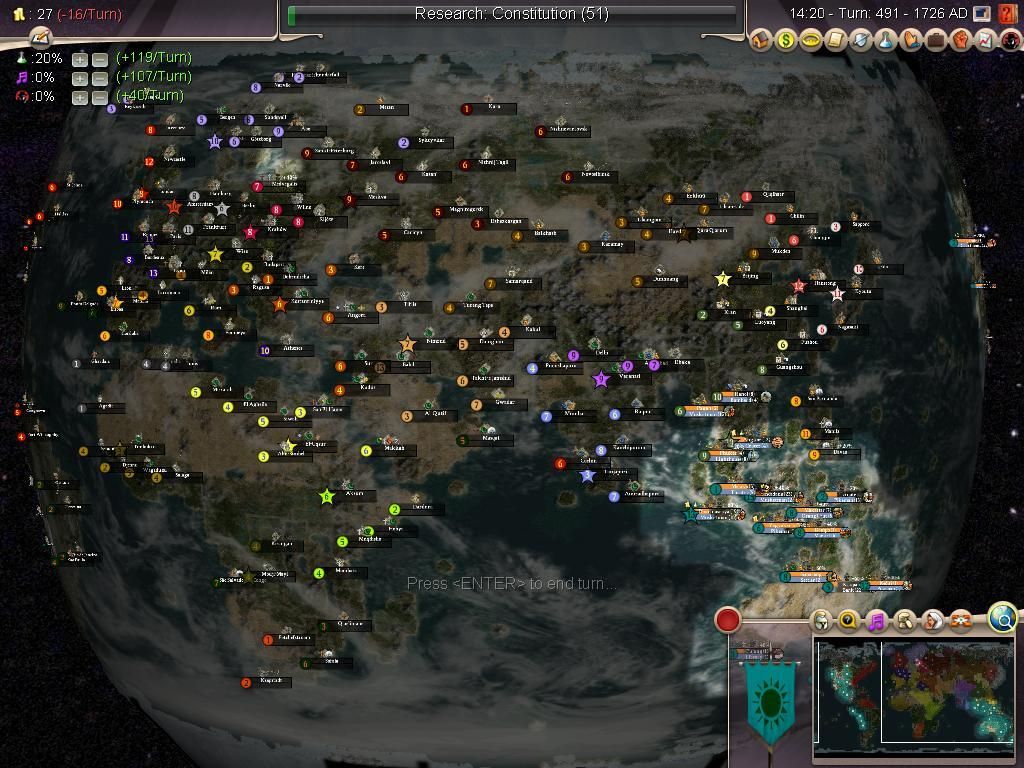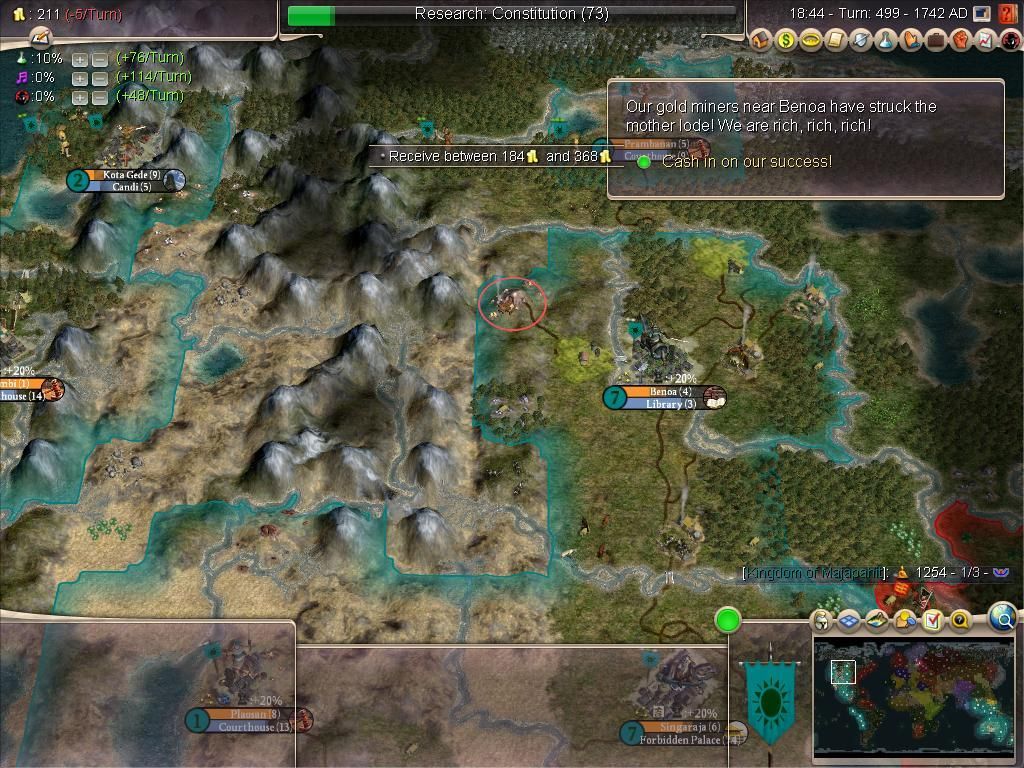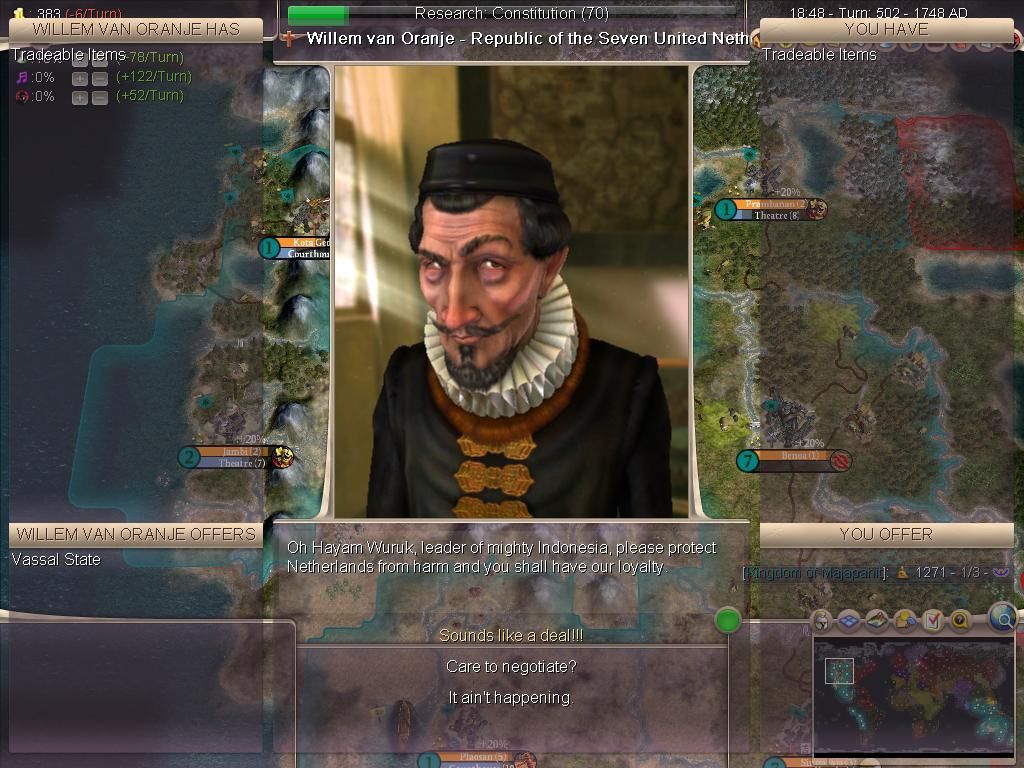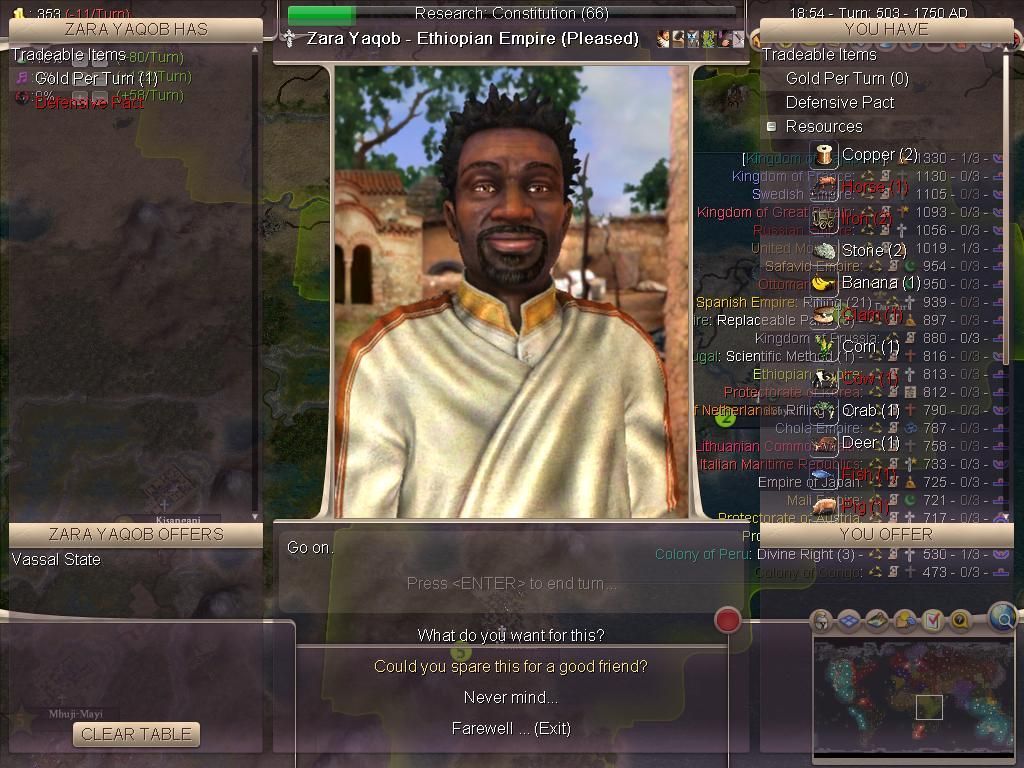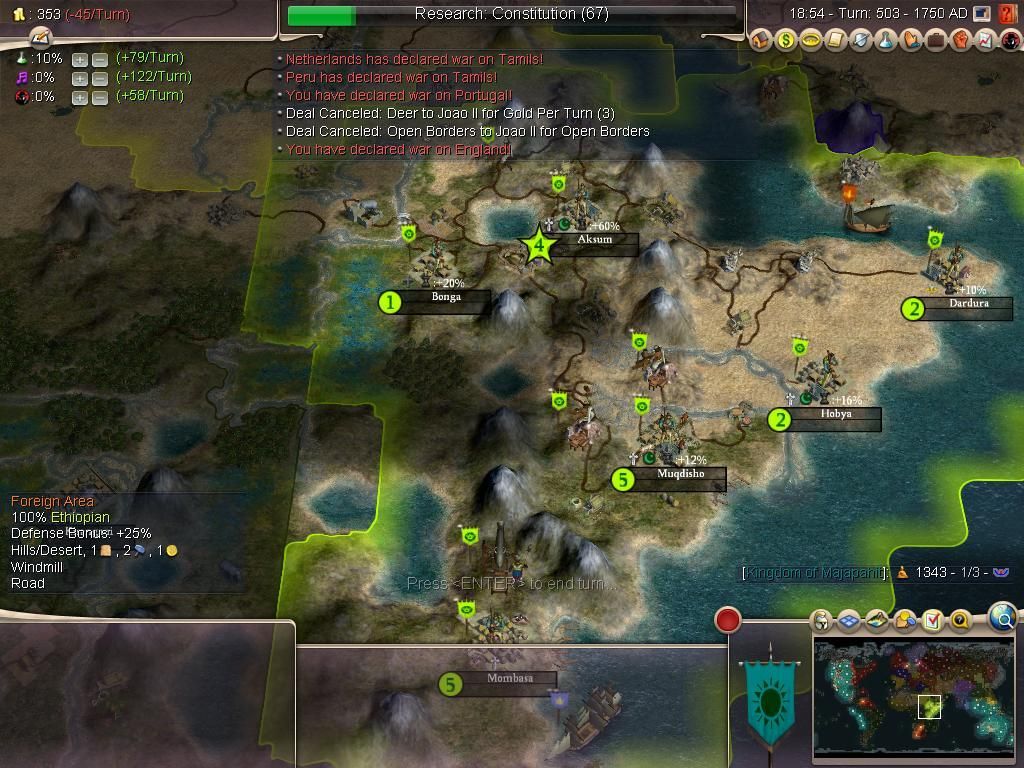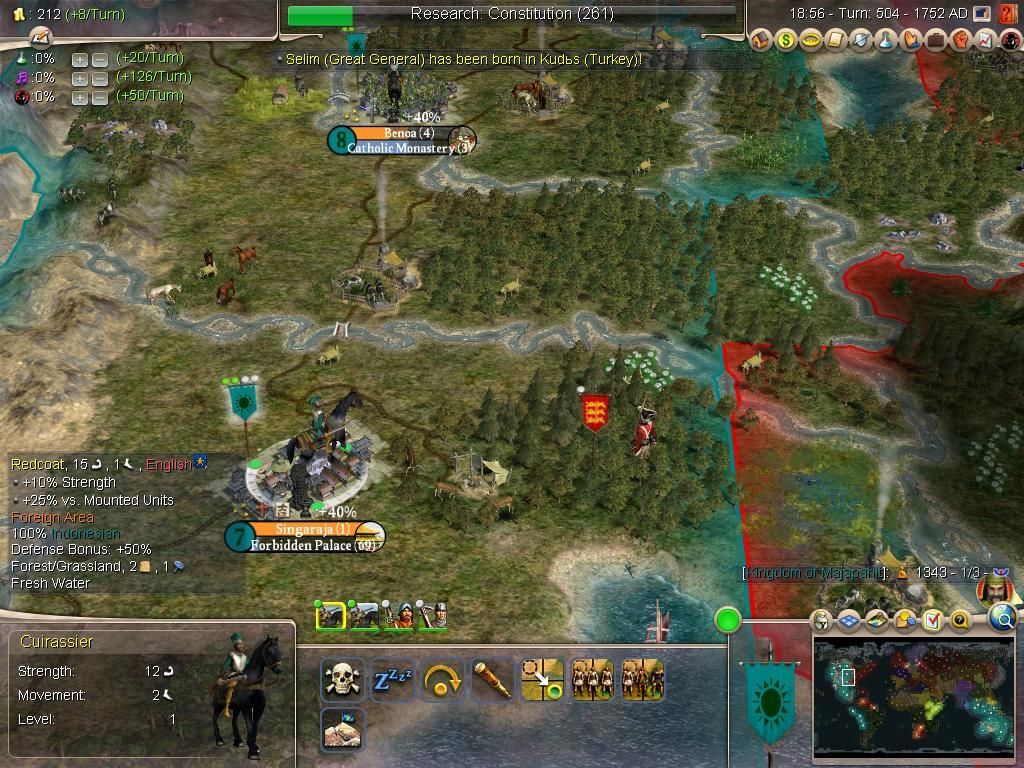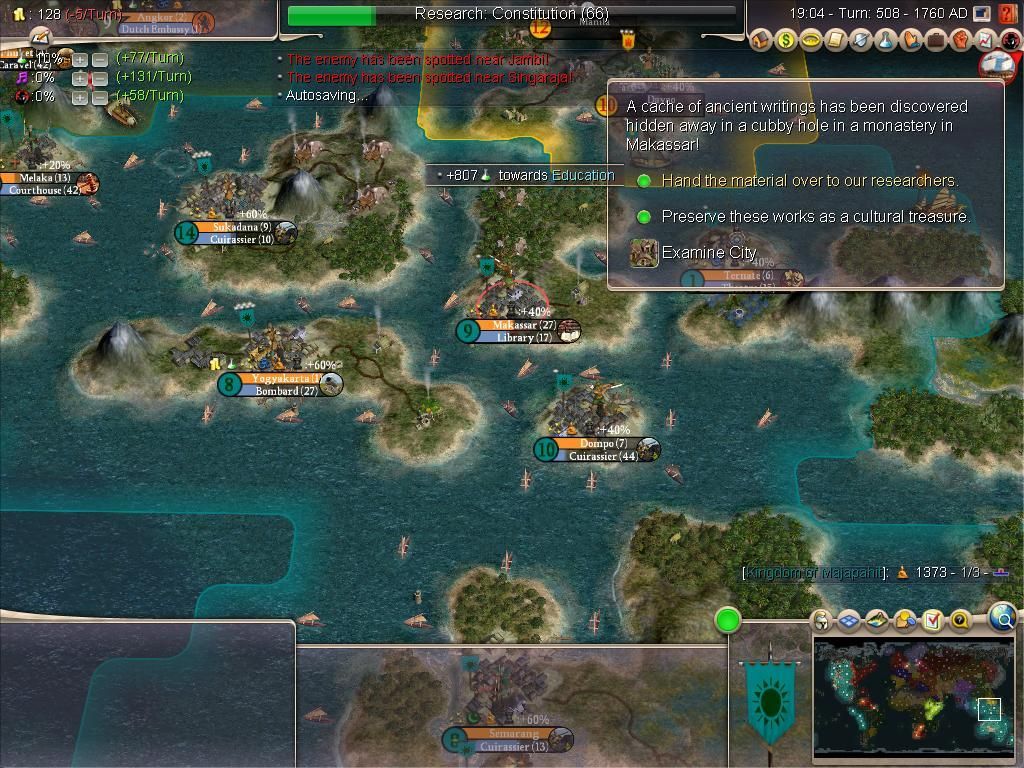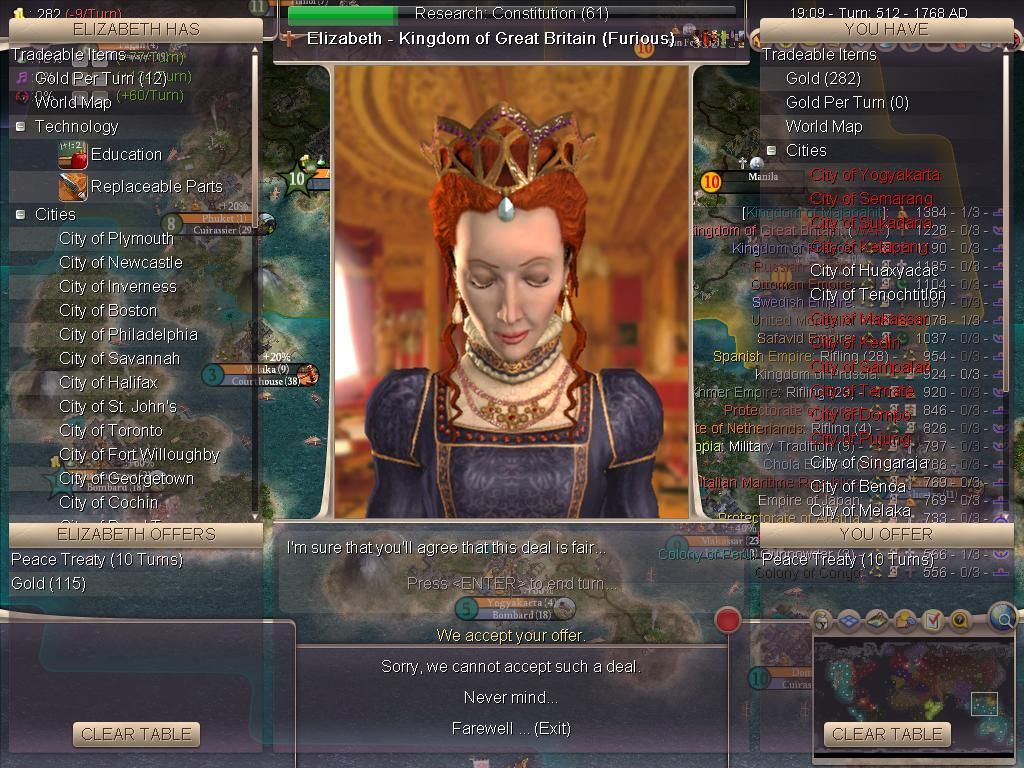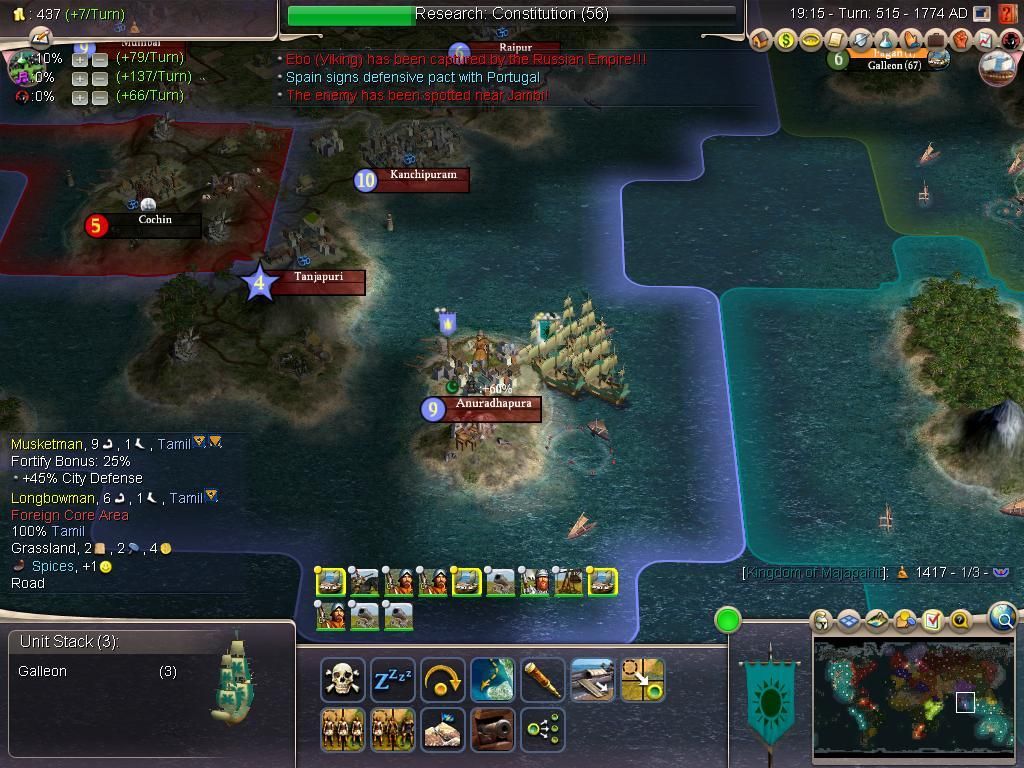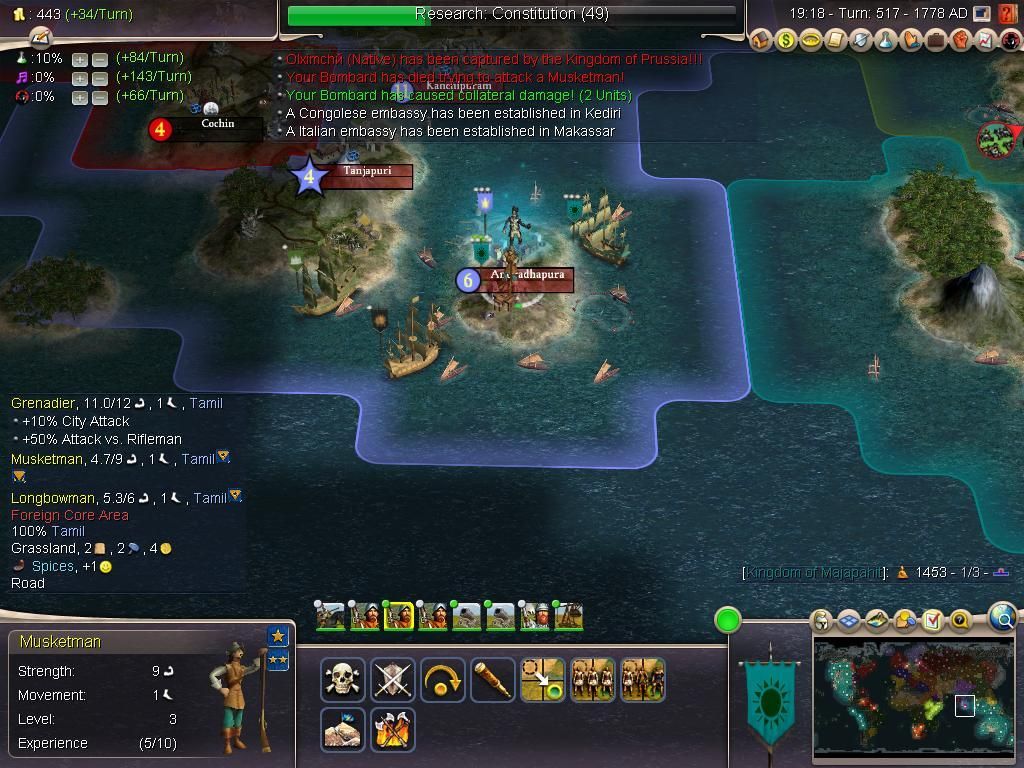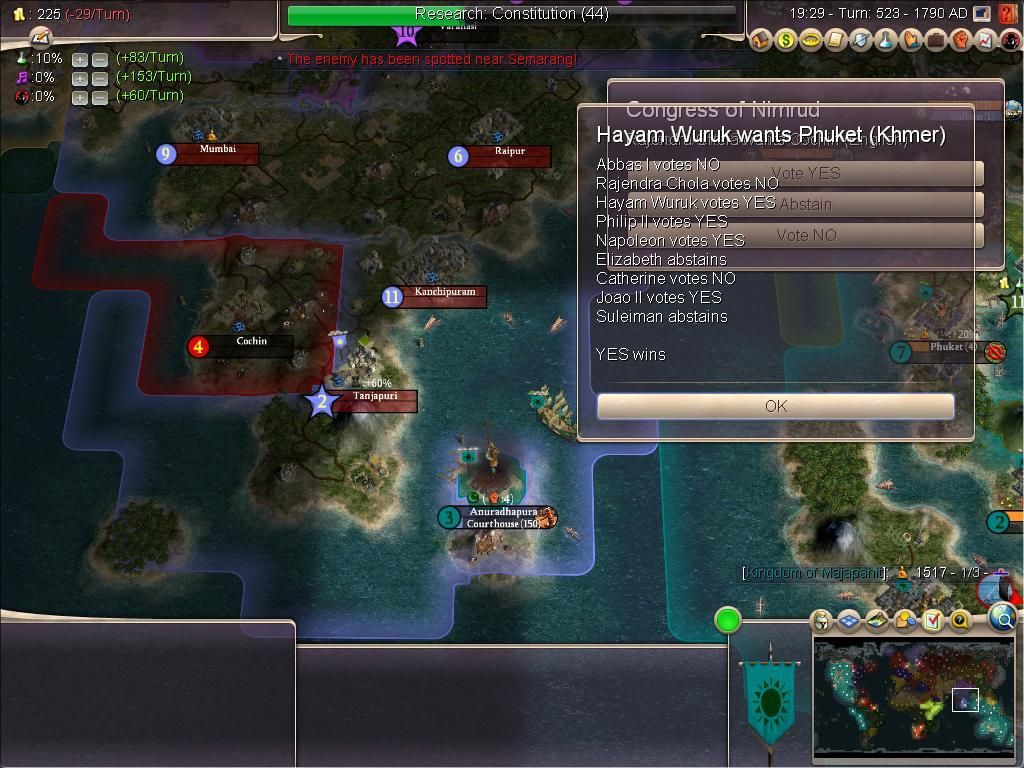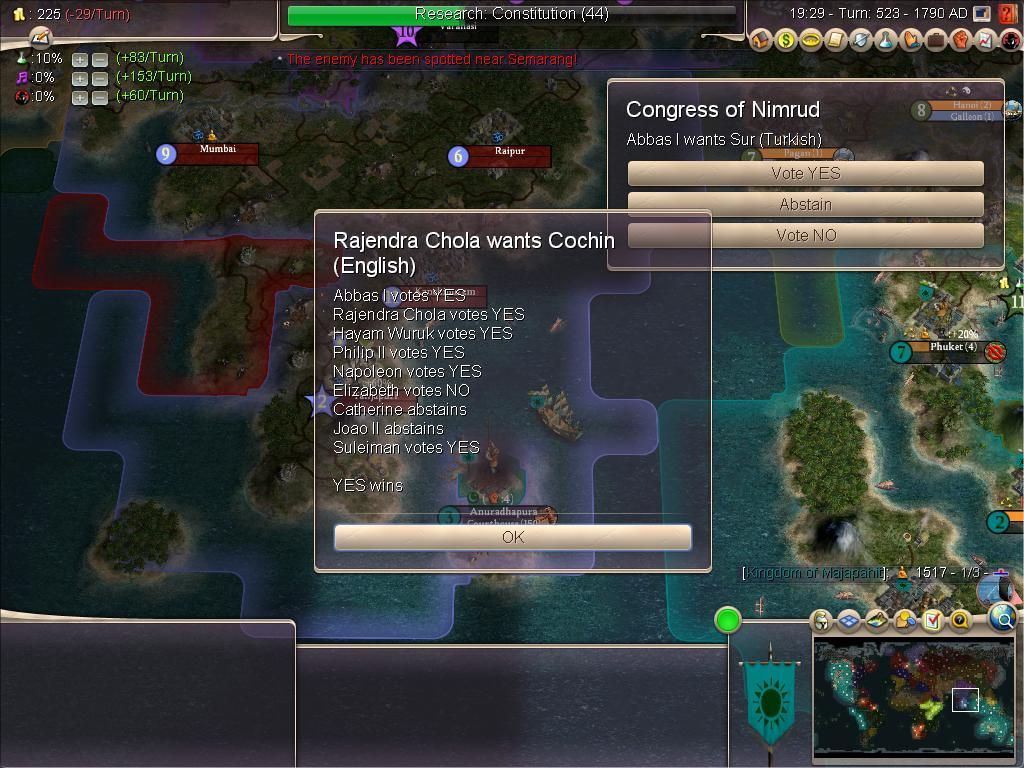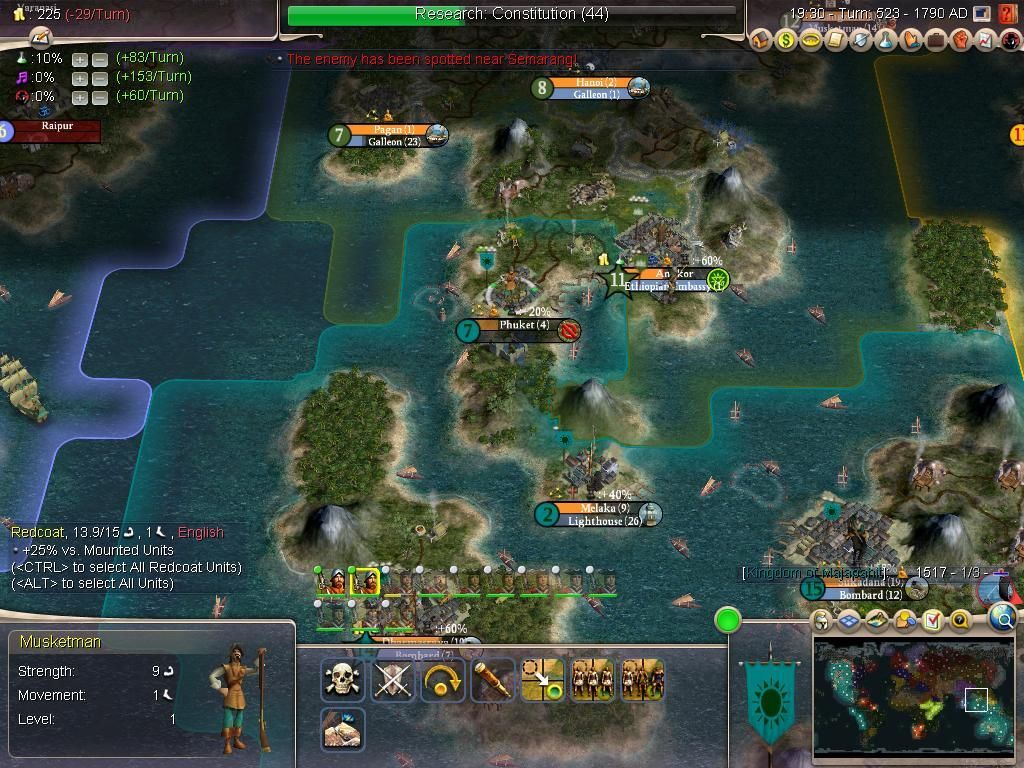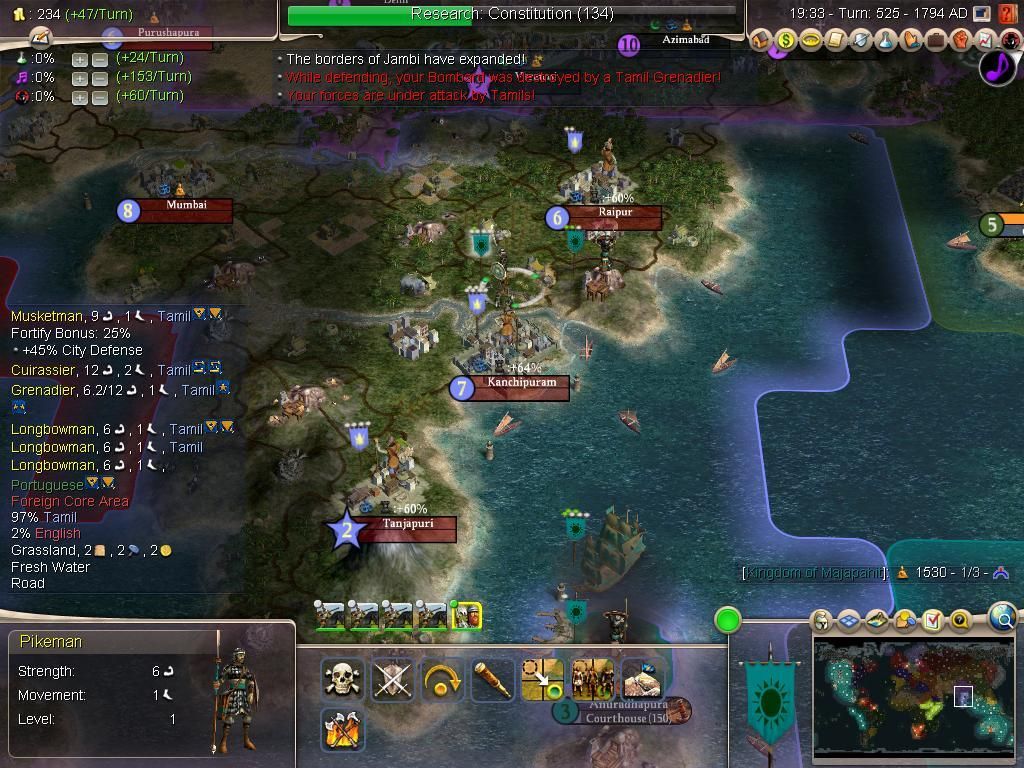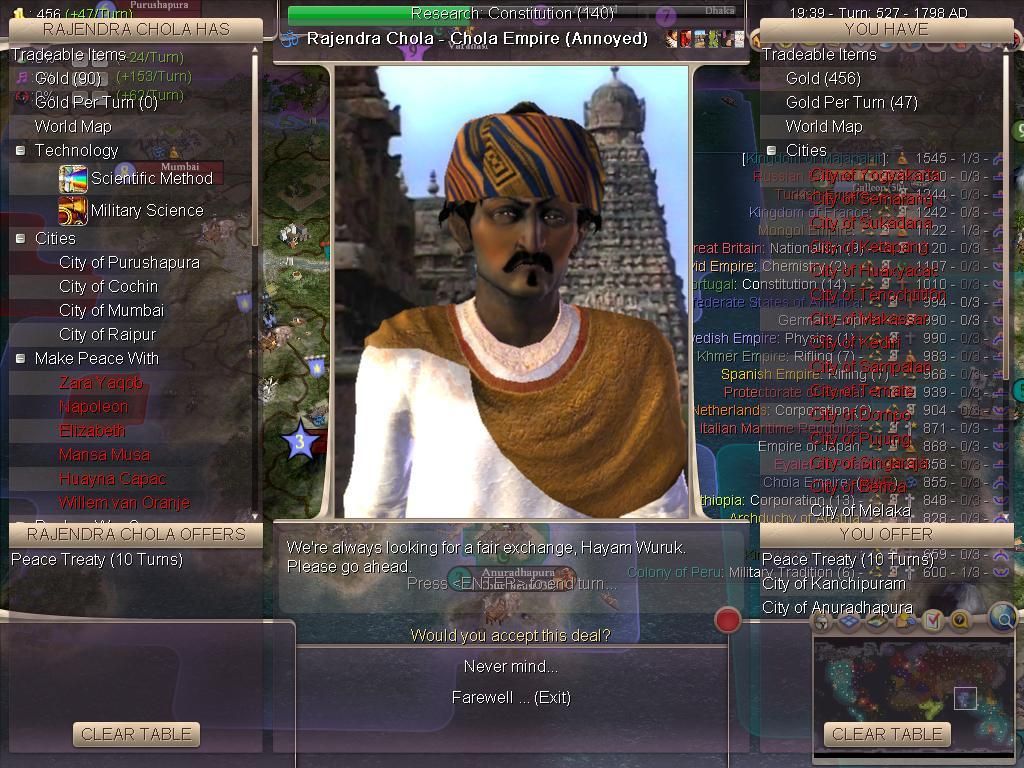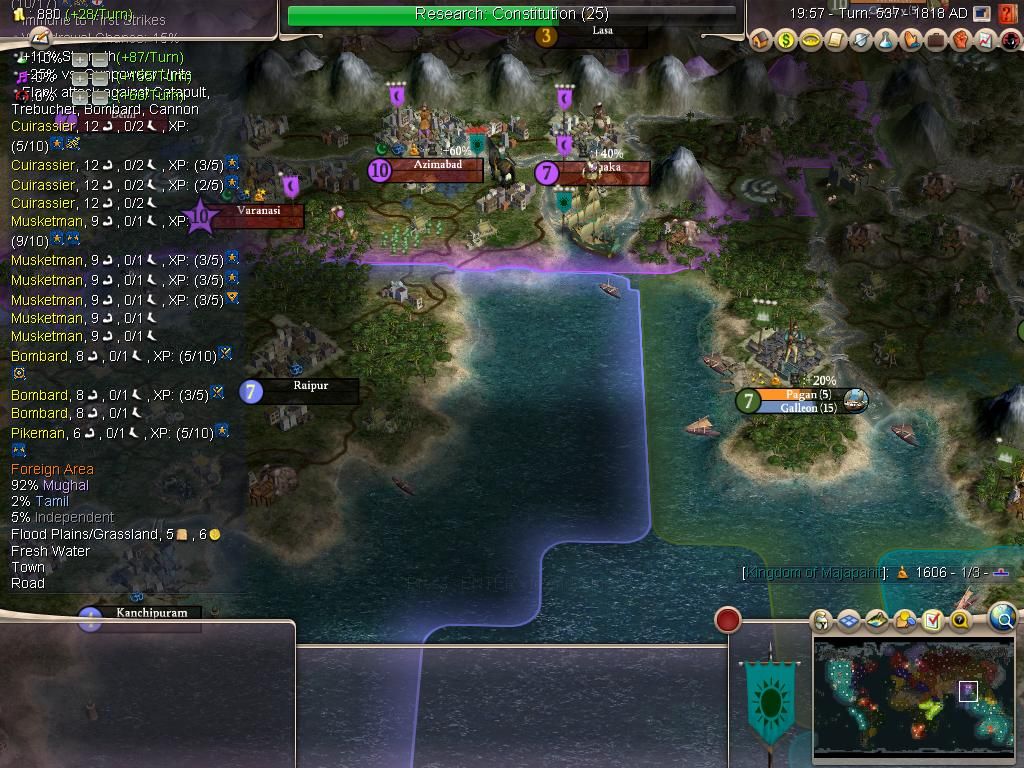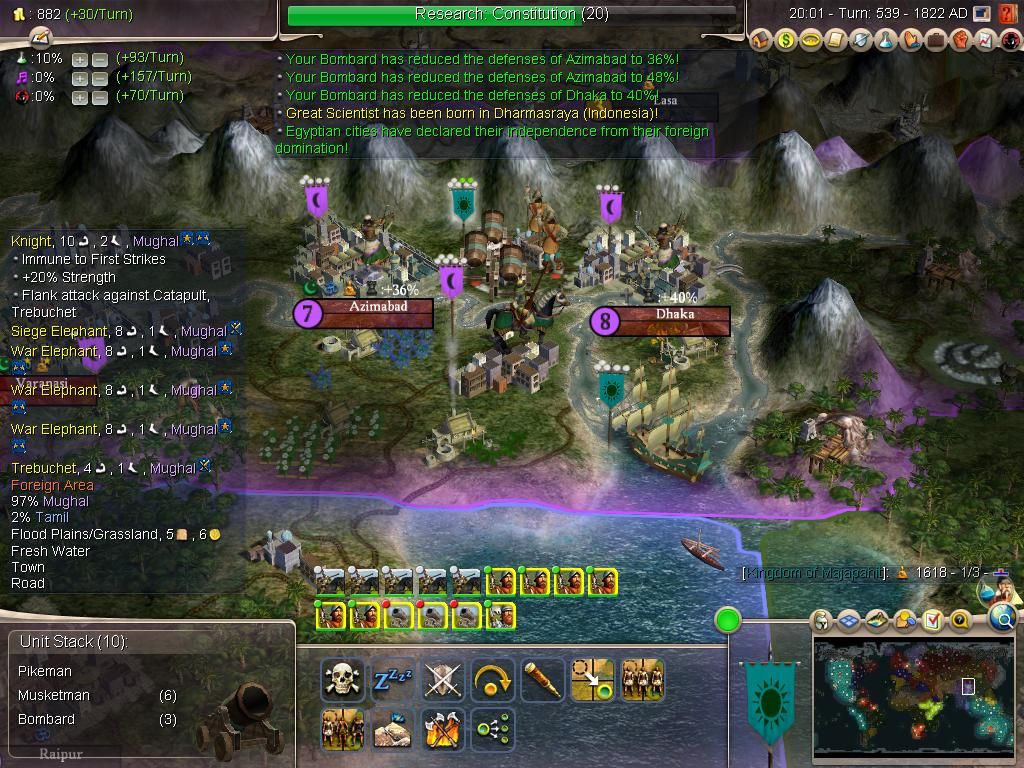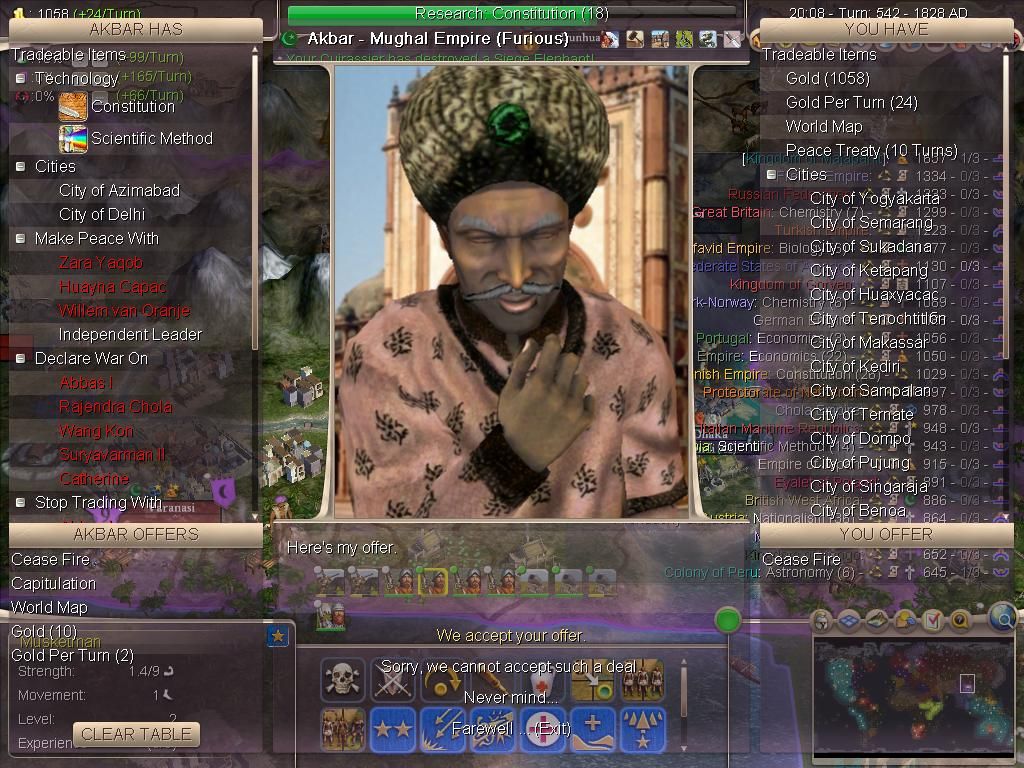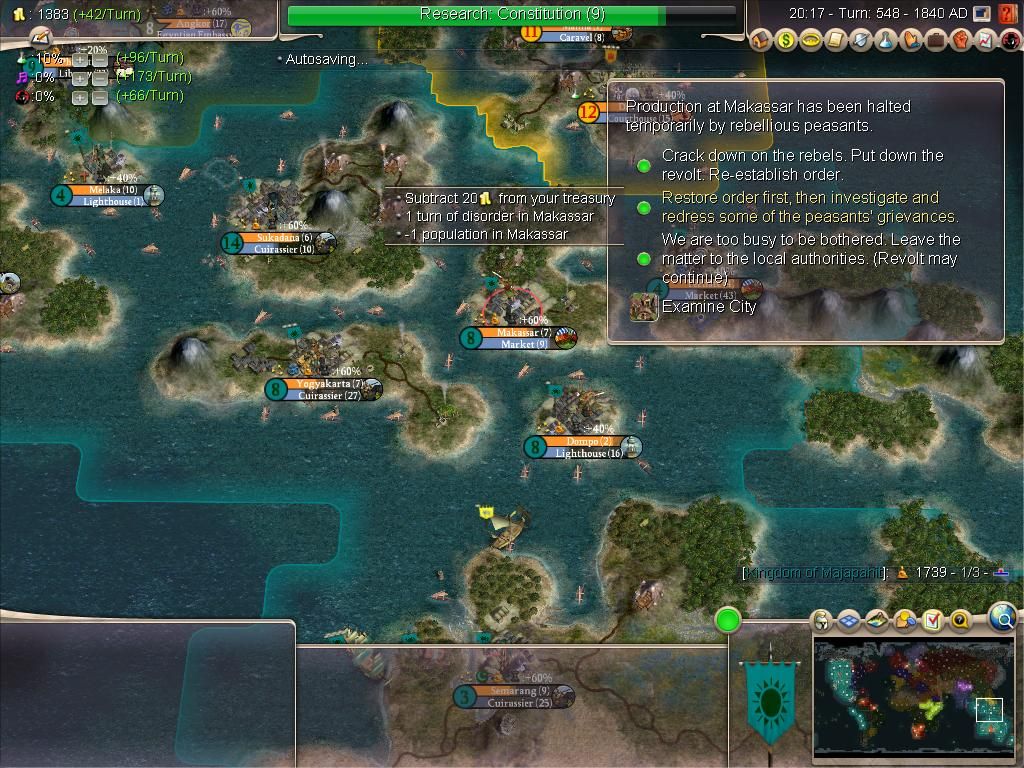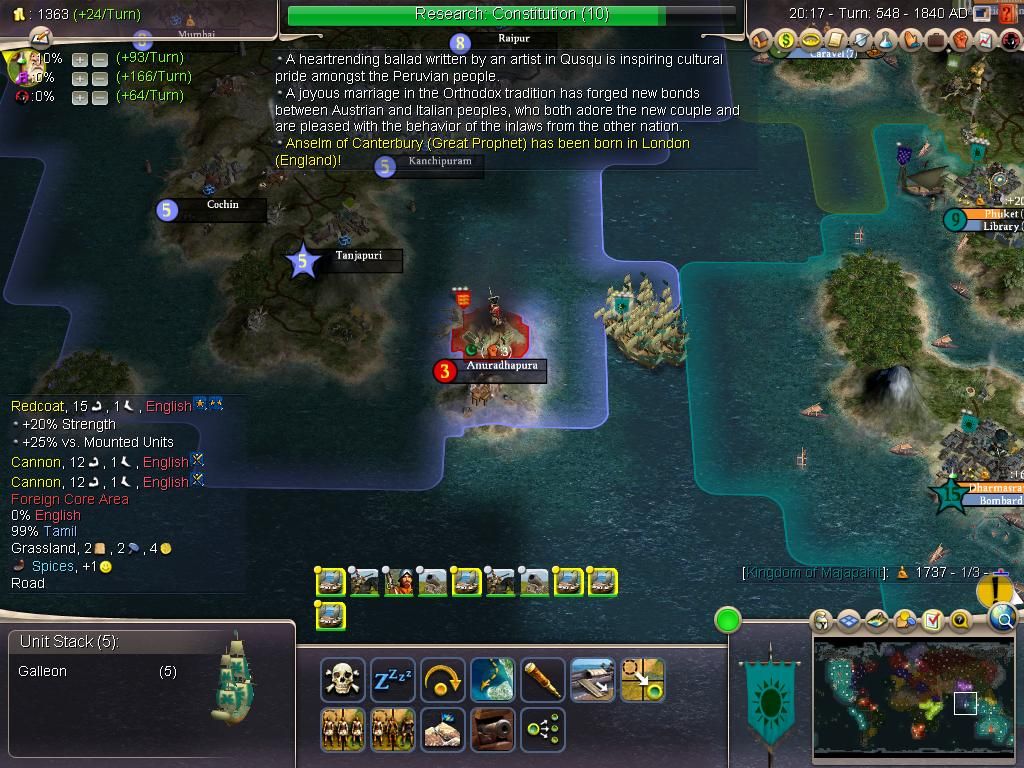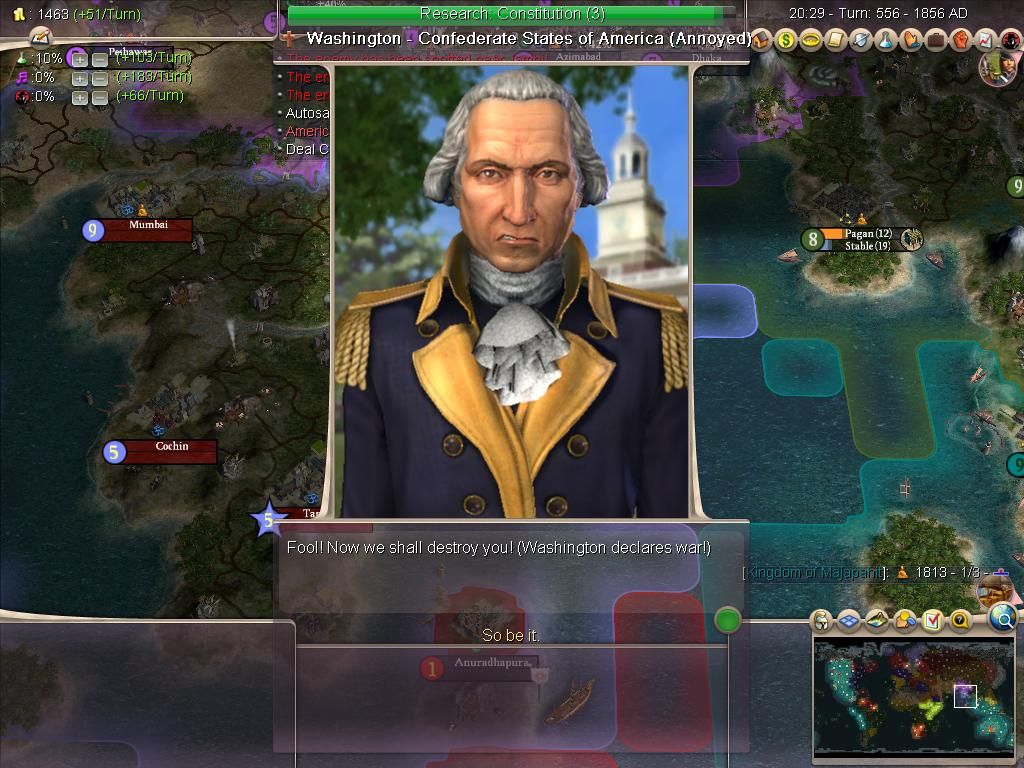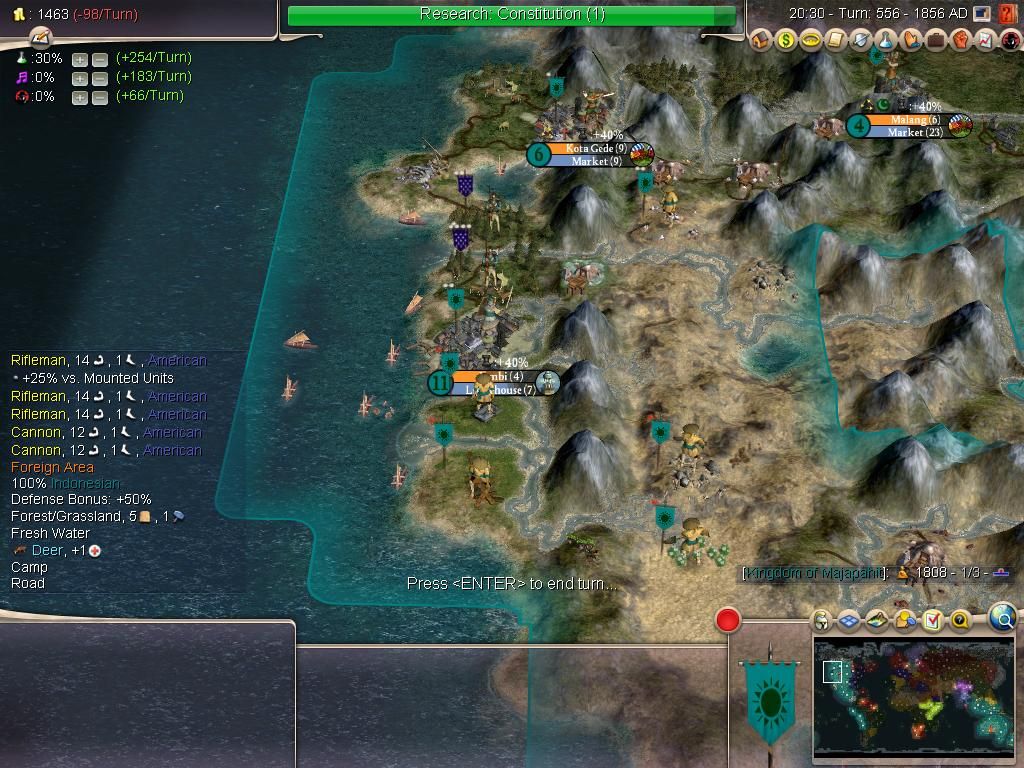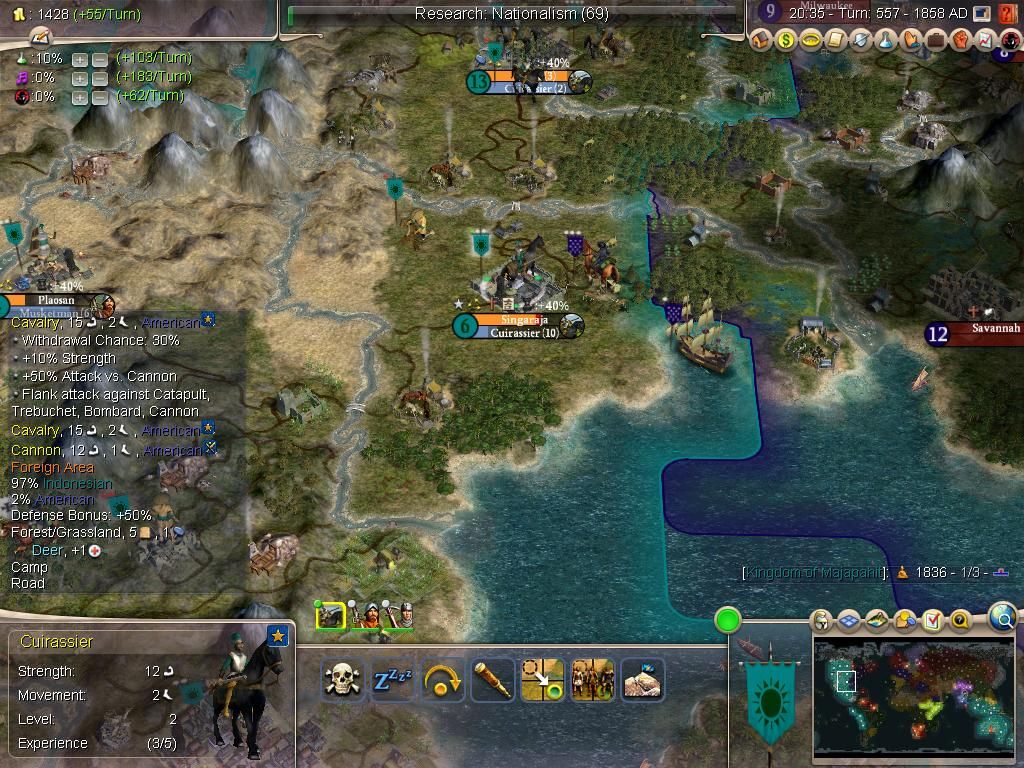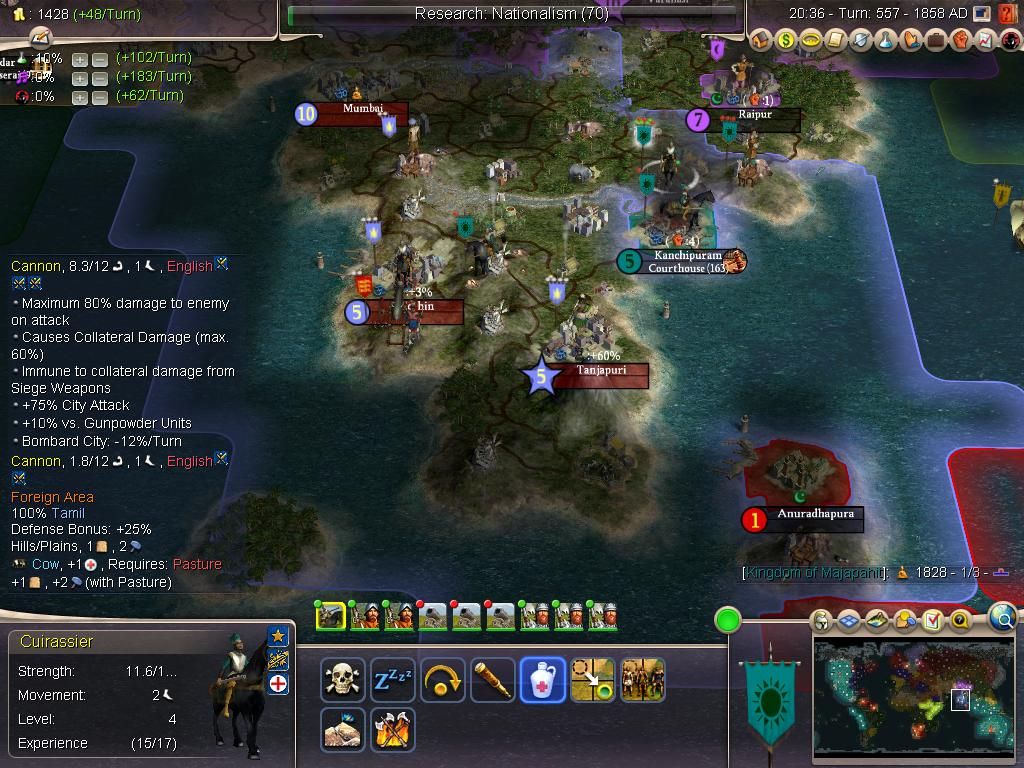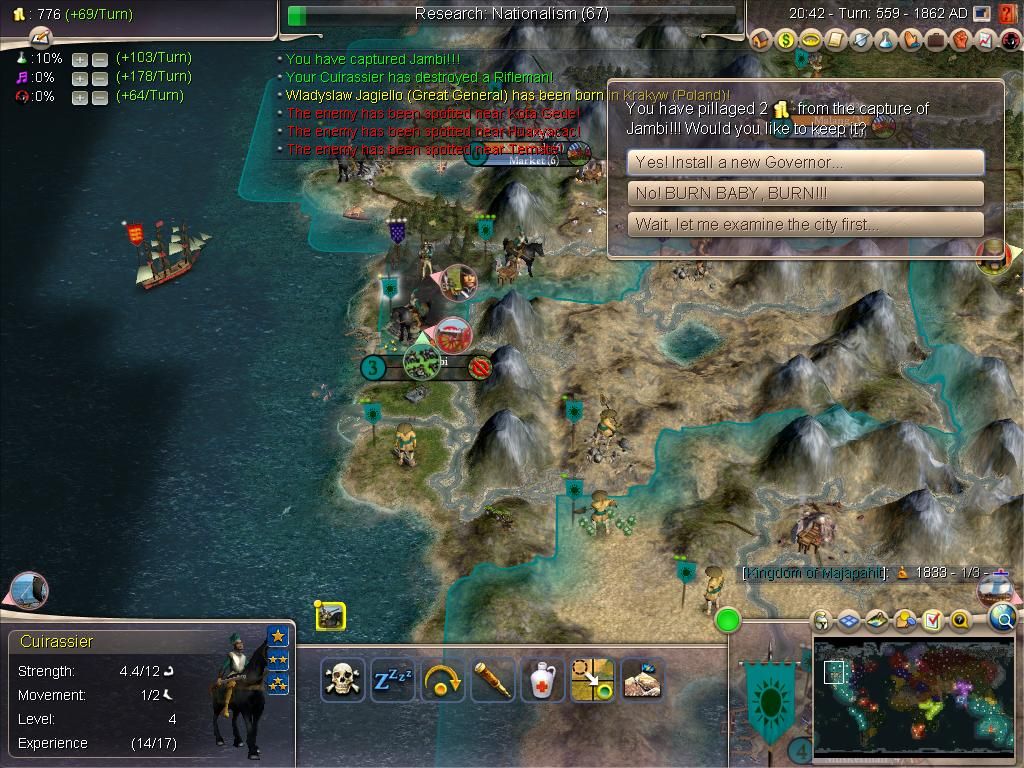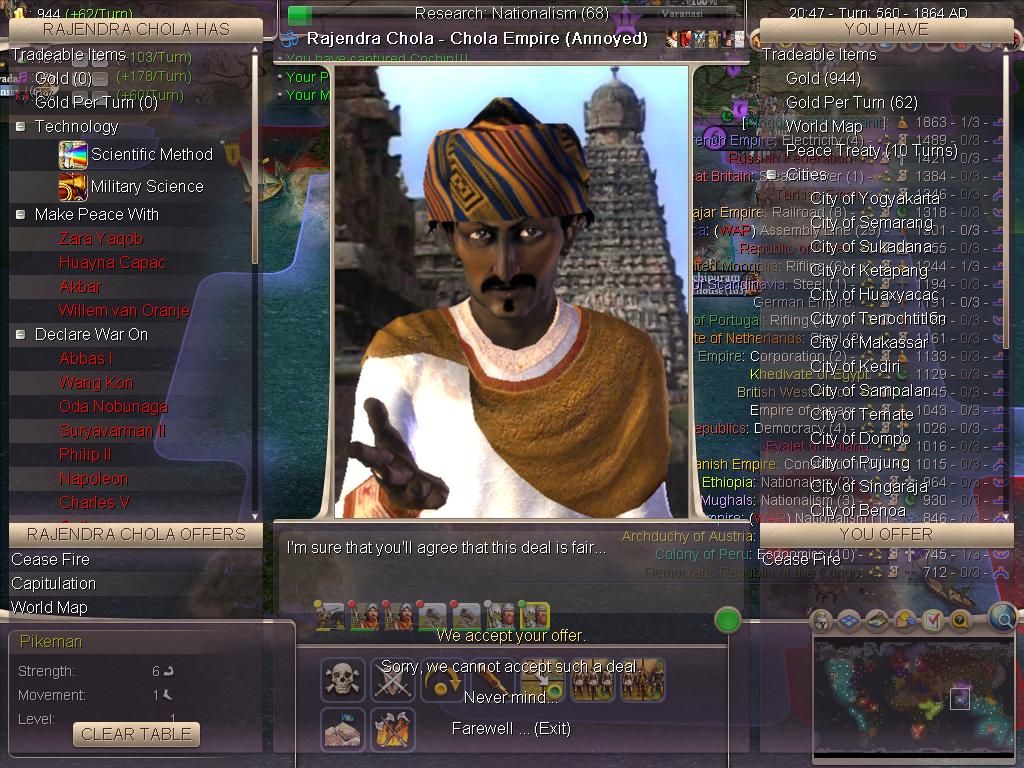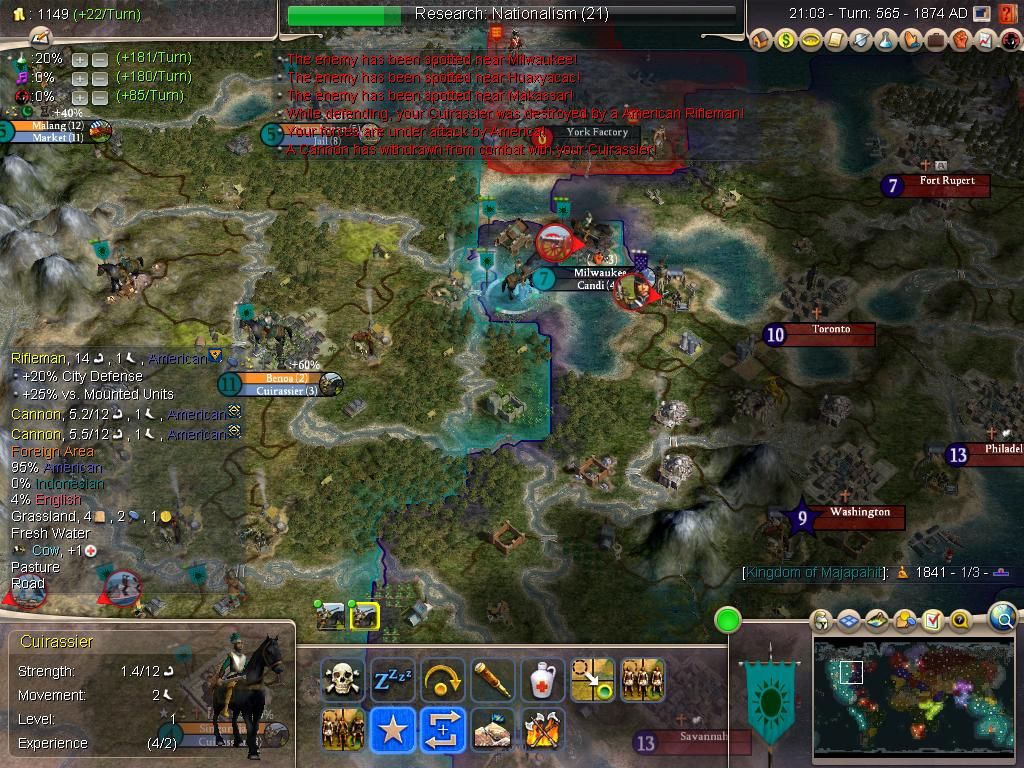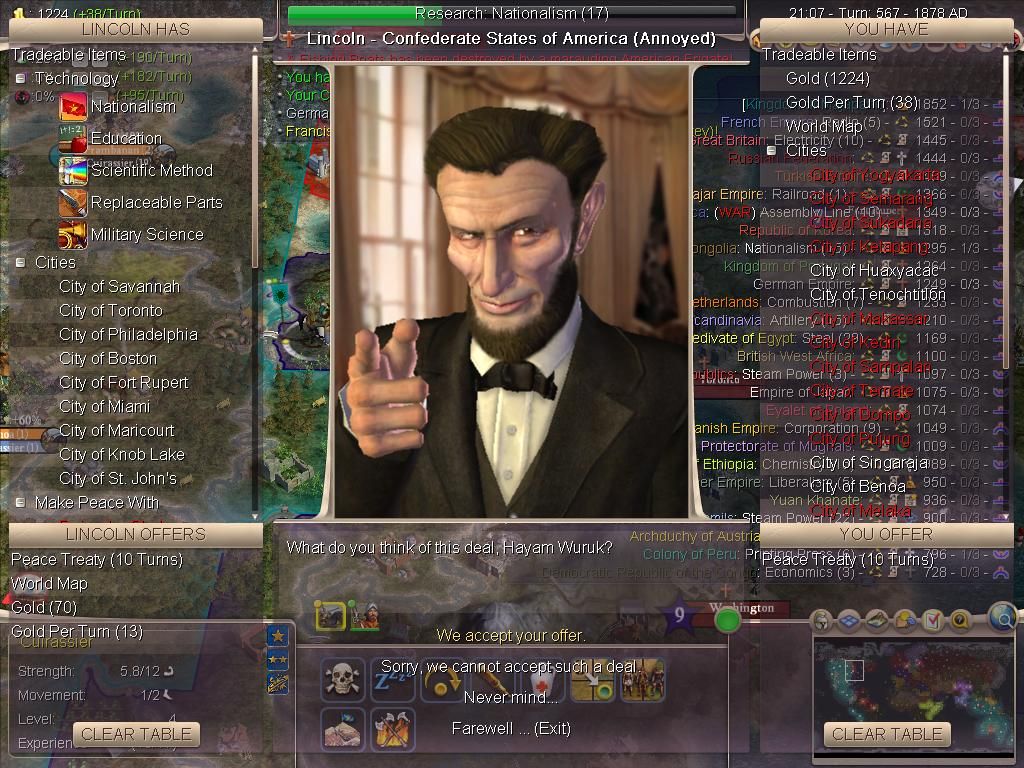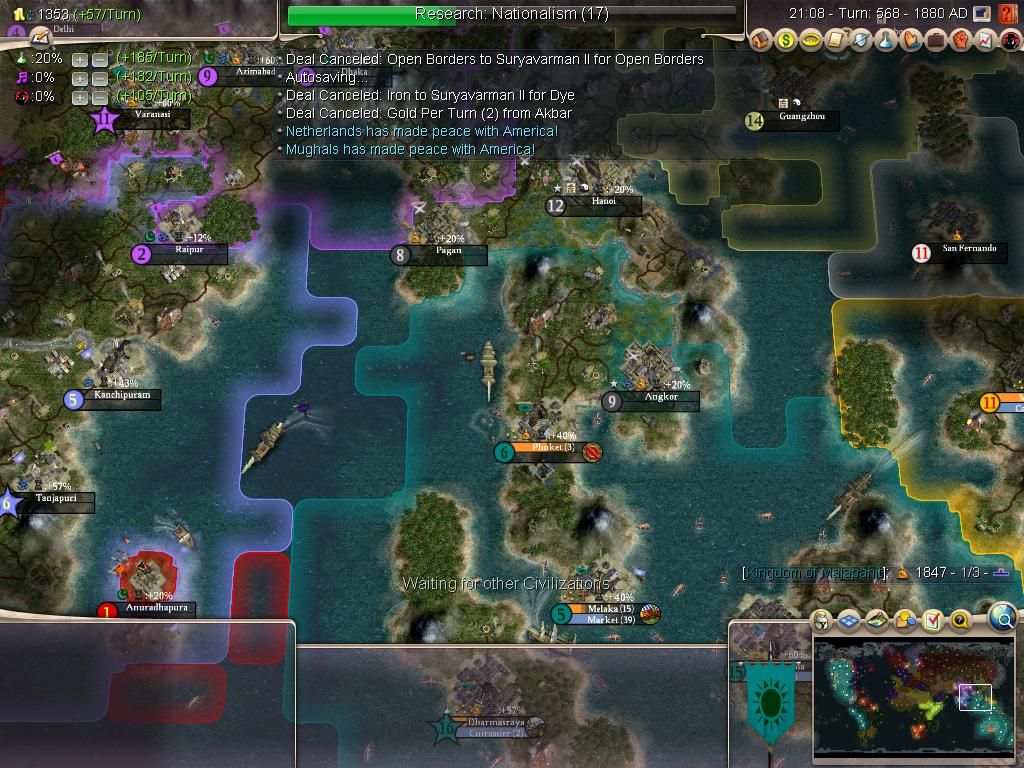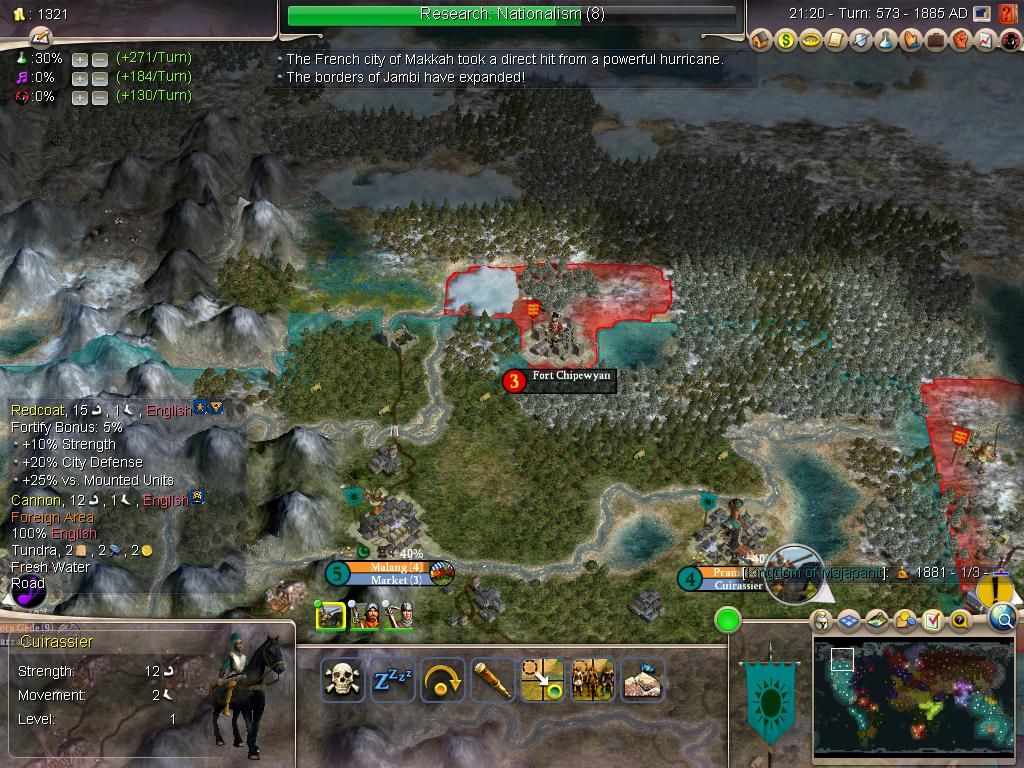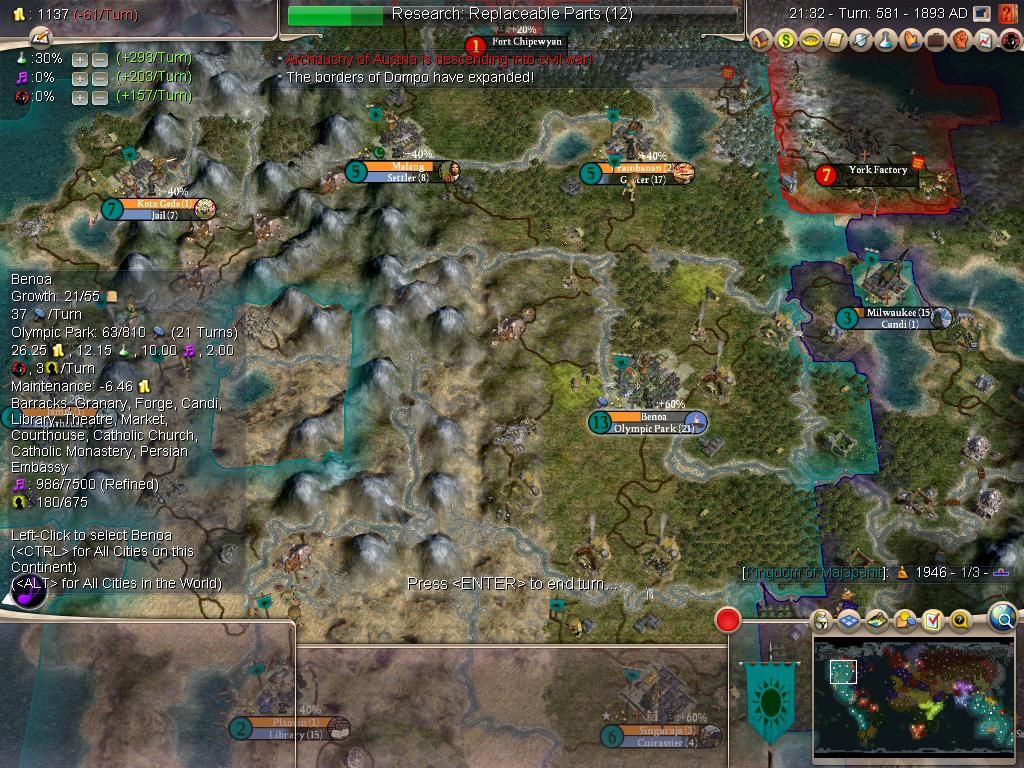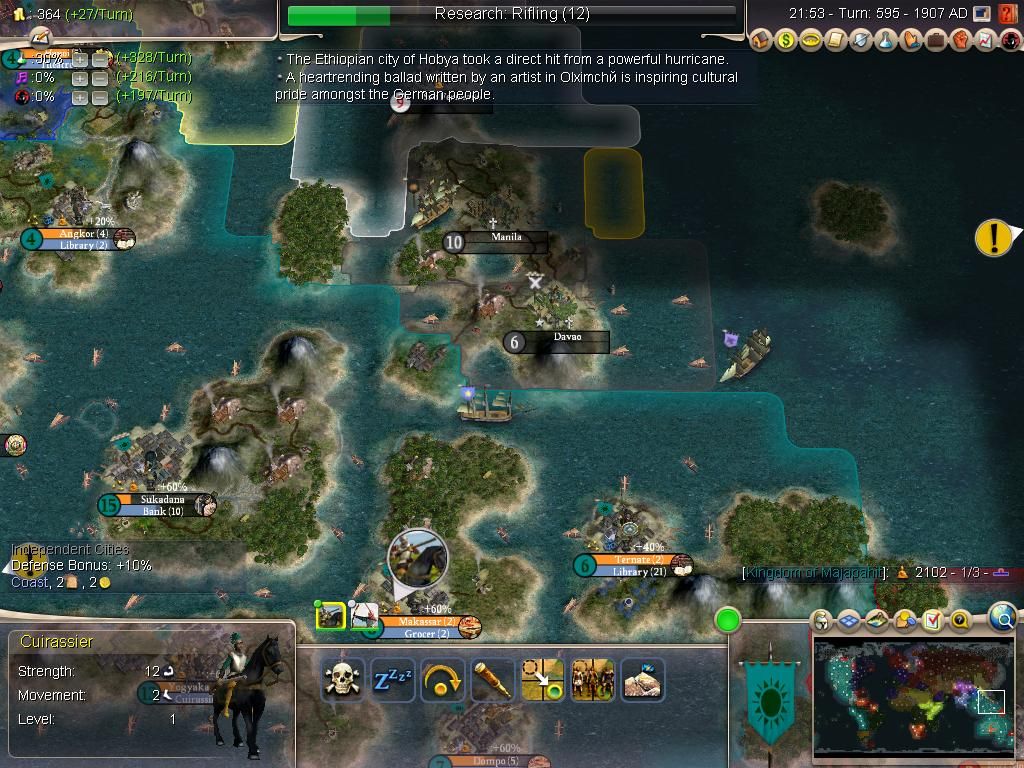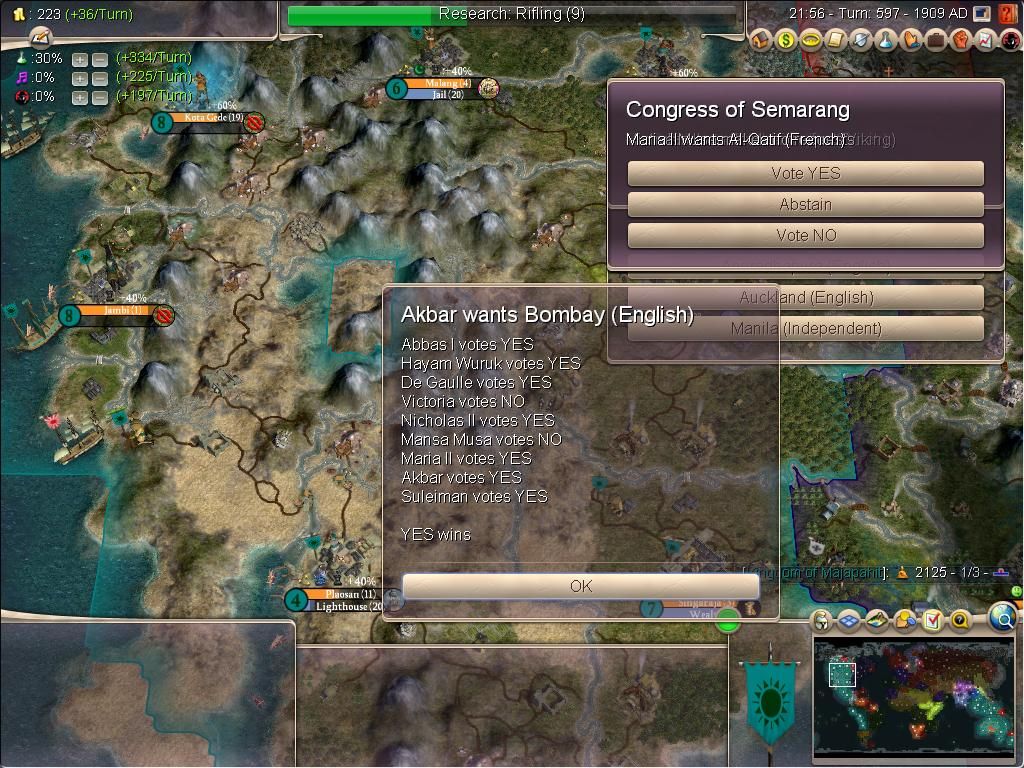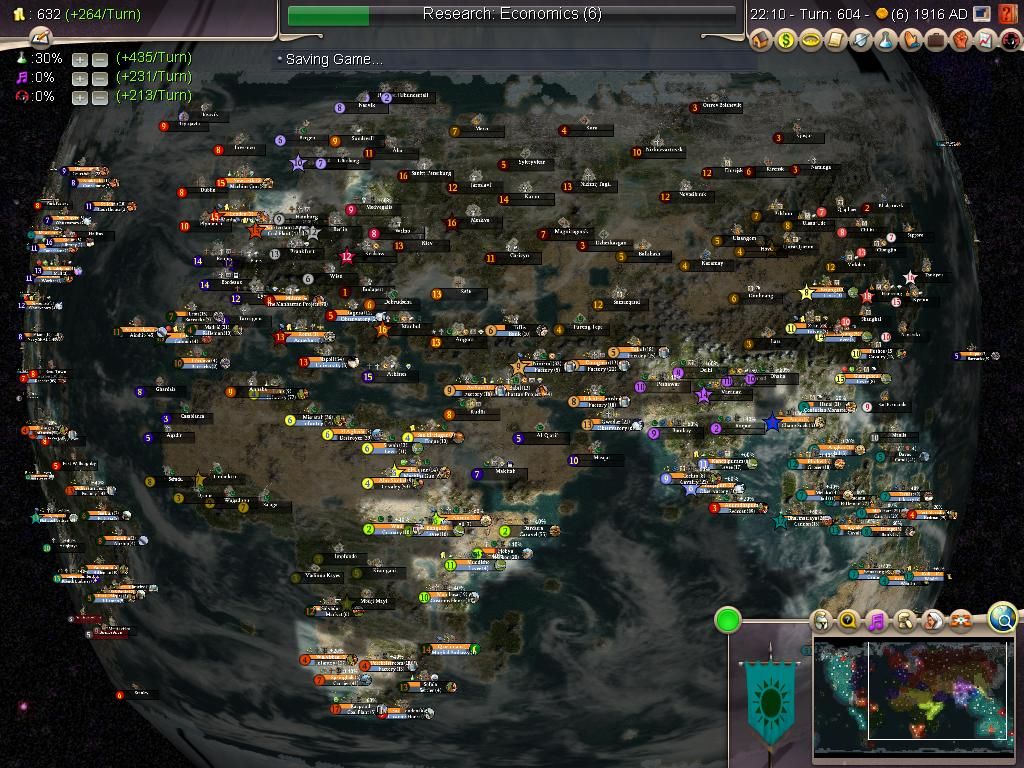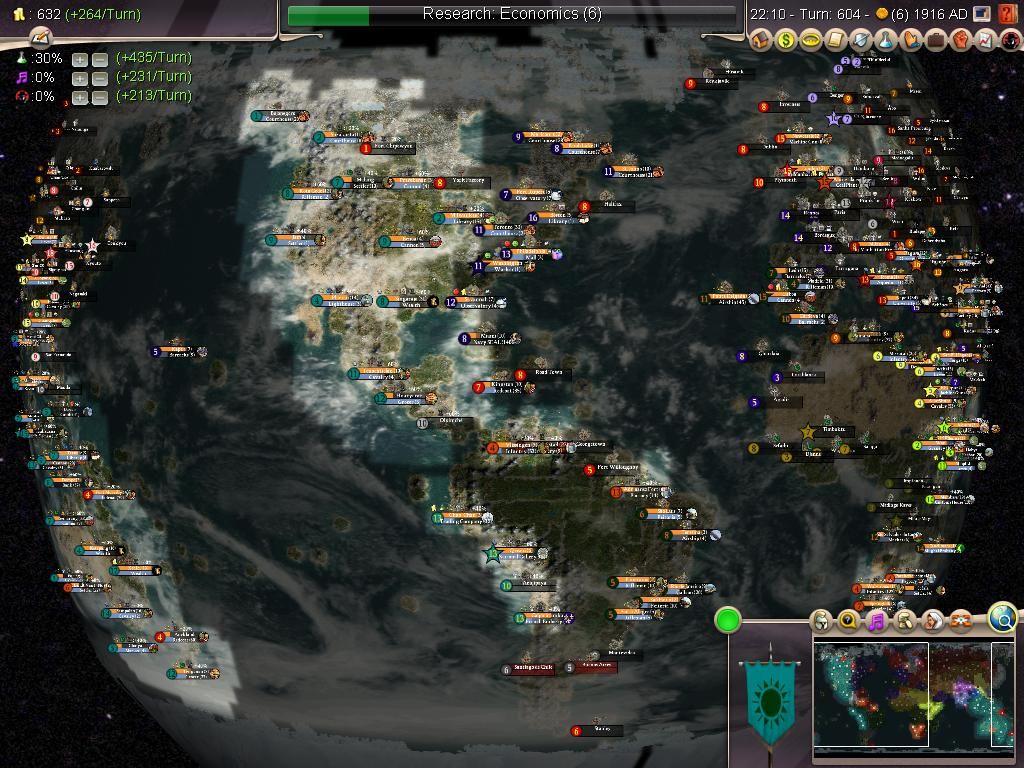Lone Wolf
Deity
- Joined
- Dec 4, 2006
- Messages
- 9,908
An Indonesian RFC story I finished long ago, but never got around to writing until now. It uses a modified version of RFC DoC 1.10.

According to the ancient inscriptions, the empire of Srivijaya was founded by the king Dapunta Hyang Sri Jayanasa, who had embarked on a sacred siddhayatra journey, and led 20,000 troops and 312 people in boats with 1312 foot soldiers to the areas of Central-Southern Sumatra.

All hail and prosperity! In the year 605 of the Saka calendar, on the eleventh
day in the month of Waisaka, His Majesty took
a boat to make a profit. On the seventh day
on the full moon of Jyesta, His Majesty
brings 20000 troops and
312 people in boats from firth of Tamvan, With 1312 foot soldiers
and came to Matajap
happily. On the fifth day on the bright moon of ...,
they docked and open a country ...
Great, prosperous and peaceful Srivijaya!
- A translation of the inscription, later found by local archeologists.
The new kingdom possessed a powerful fleet, which it used to establish its suzerainity over the petty kingdoms of Java. Hyang Sri Jayanasa's successors intermarried with the local Javanese lords, cementing the bond between the dominant cities of the islands. The Buddhist shrines-candi built by the new thalassocratic hegemony cemented its authority and prestige in the eyes of common hunters, fishermen and traders subject to it.


A massive temple built by the dynasts of Srivijaya.
Spoiler :

According to the ancient inscriptions, the empire of Srivijaya was founded by the king Dapunta Hyang Sri Jayanasa, who had embarked on a sacred siddhayatra journey, and led 20,000 troops and 312 people in boats with 1312 foot soldiers to the areas of Central-Southern Sumatra.
Spoiler :

All hail and prosperity! In the year 605 of the Saka calendar, on the eleventh
day in the month of Waisaka, His Majesty took
a boat to make a profit. On the seventh day
on the full moon of Jyesta, His Majesty
brings 20000 troops and
312 people in boats from firth of Tamvan, With 1312 foot soldiers
and came to Matajap
happily. On the fifth day on the bright moon of ...,
they docked and open a country ...
Great, prosperous and peaceful Srivijaya!
- A translation of the inscription, later found by local archeologists.
The new kingdom possessed a powerful fleet, which it used to establish its suzerainity over the petty kingdoms of Java. Hyang Sri Jayanasa's successors intermarried with the local Javanese lords, cementing the bond between the dominant cities of the islands. The Buddhist shrines-candi built by the new thalassocratic hegemony cemented its authority and prestige in the eyes of common hunters, fishermen and traders subject to it.
Spoiler :

Spoiler :

A massive temple built by the dynasts of Srivijaya.
Last edited:

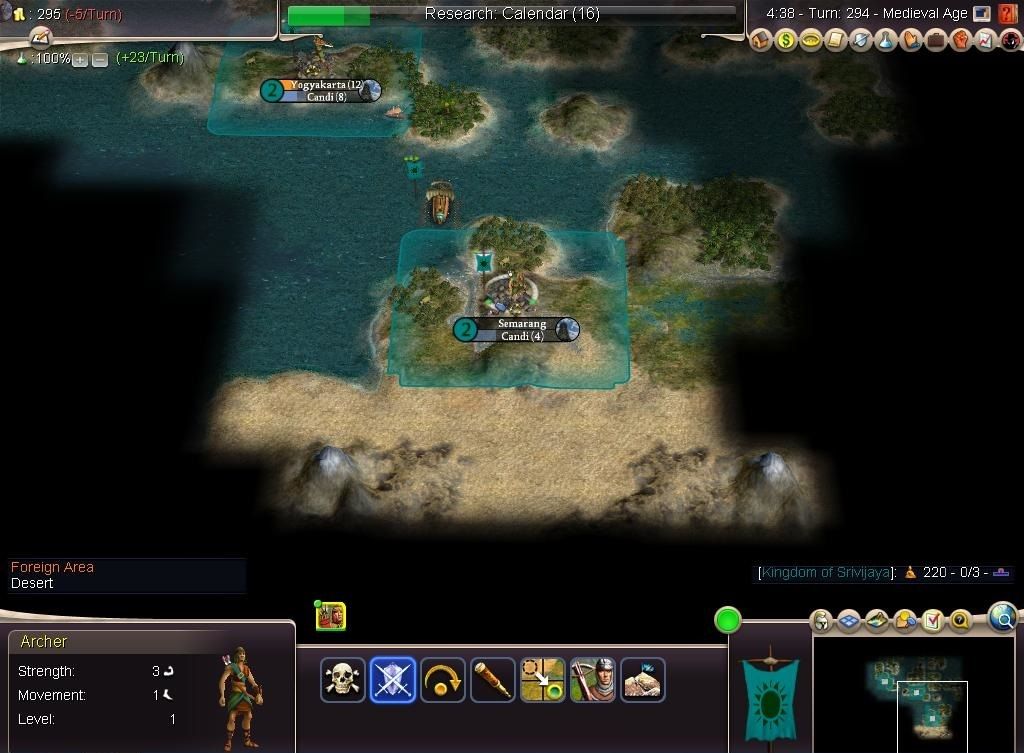
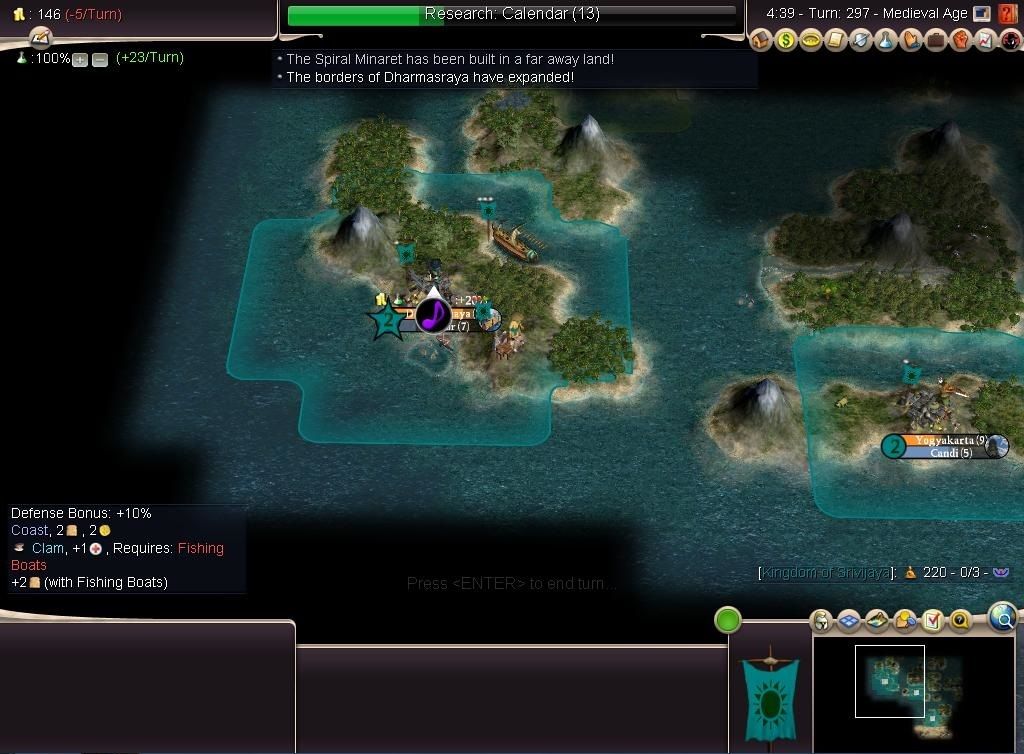
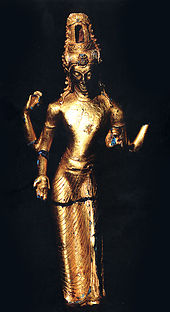
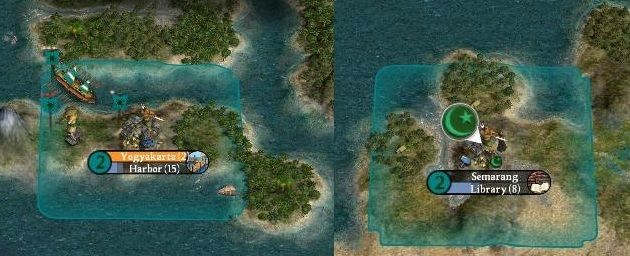

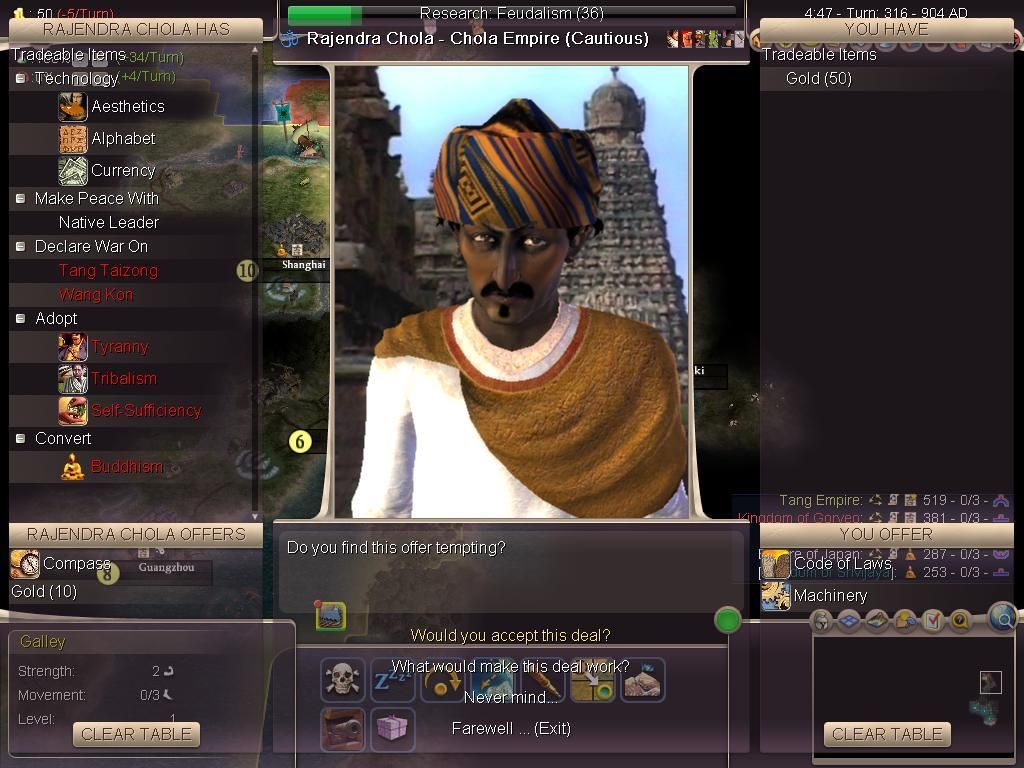
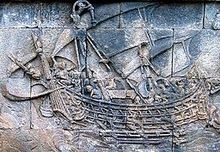

 look forward to some very interesting adventures.
look forward to some very interesting adventures. 